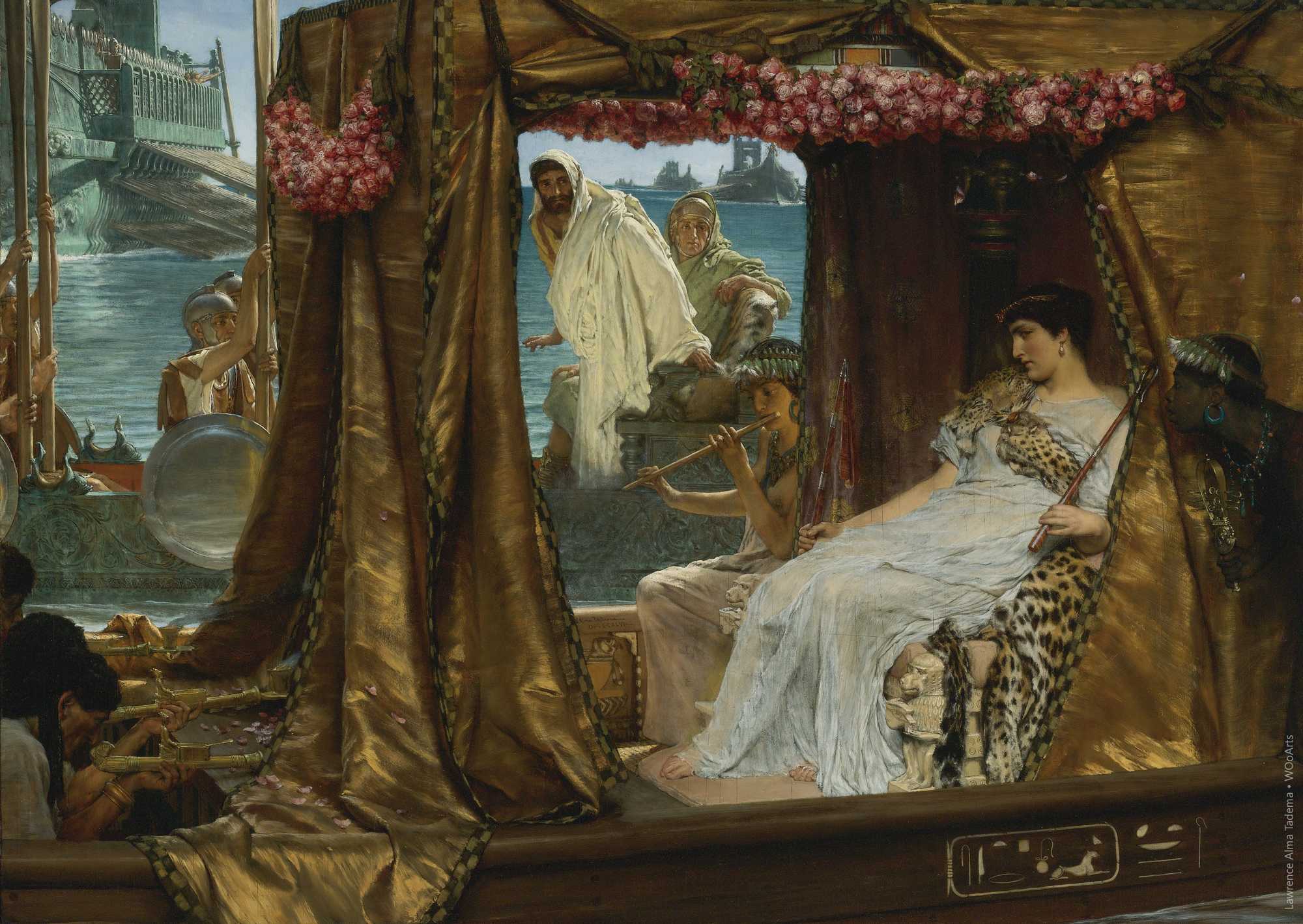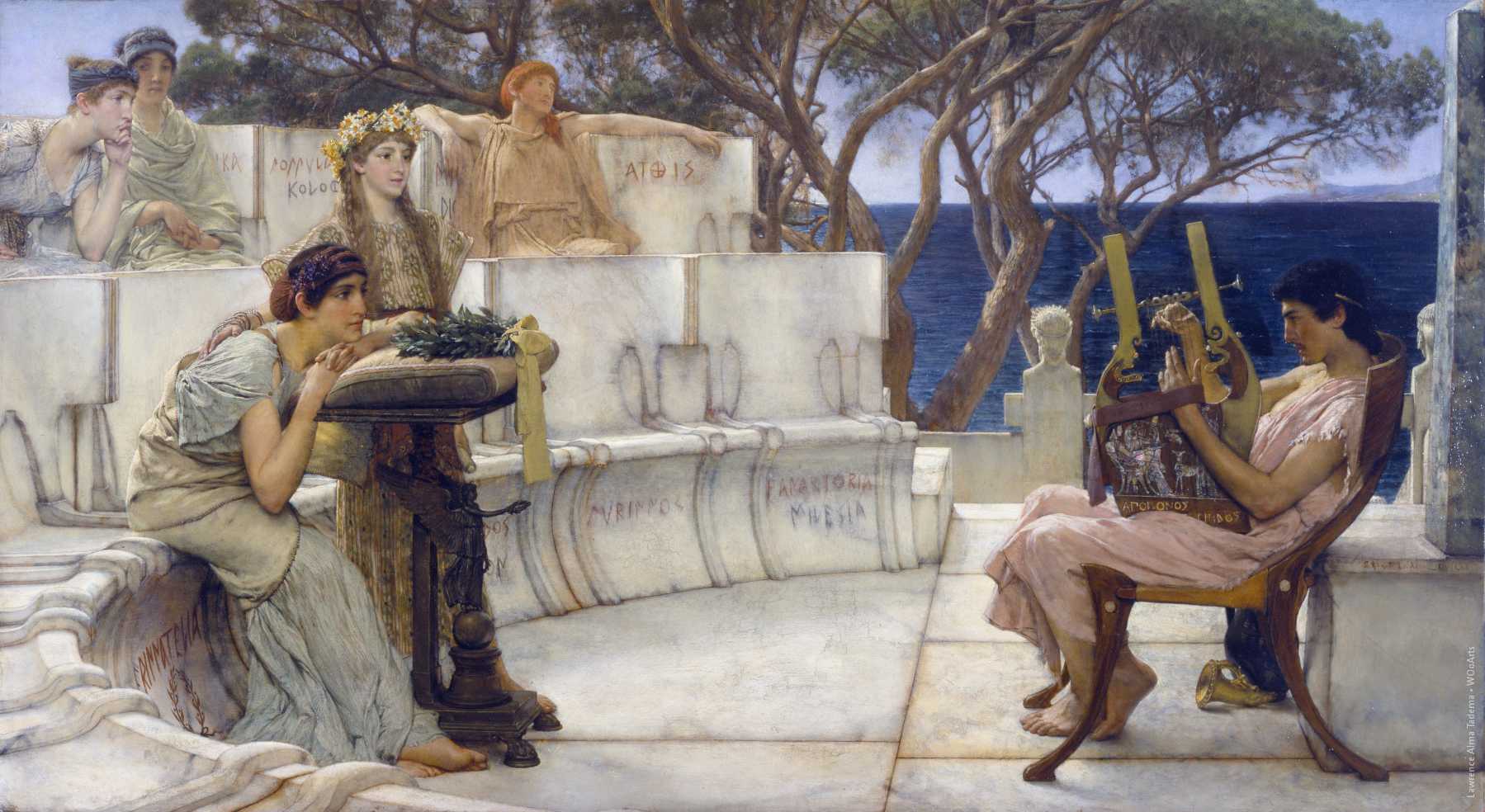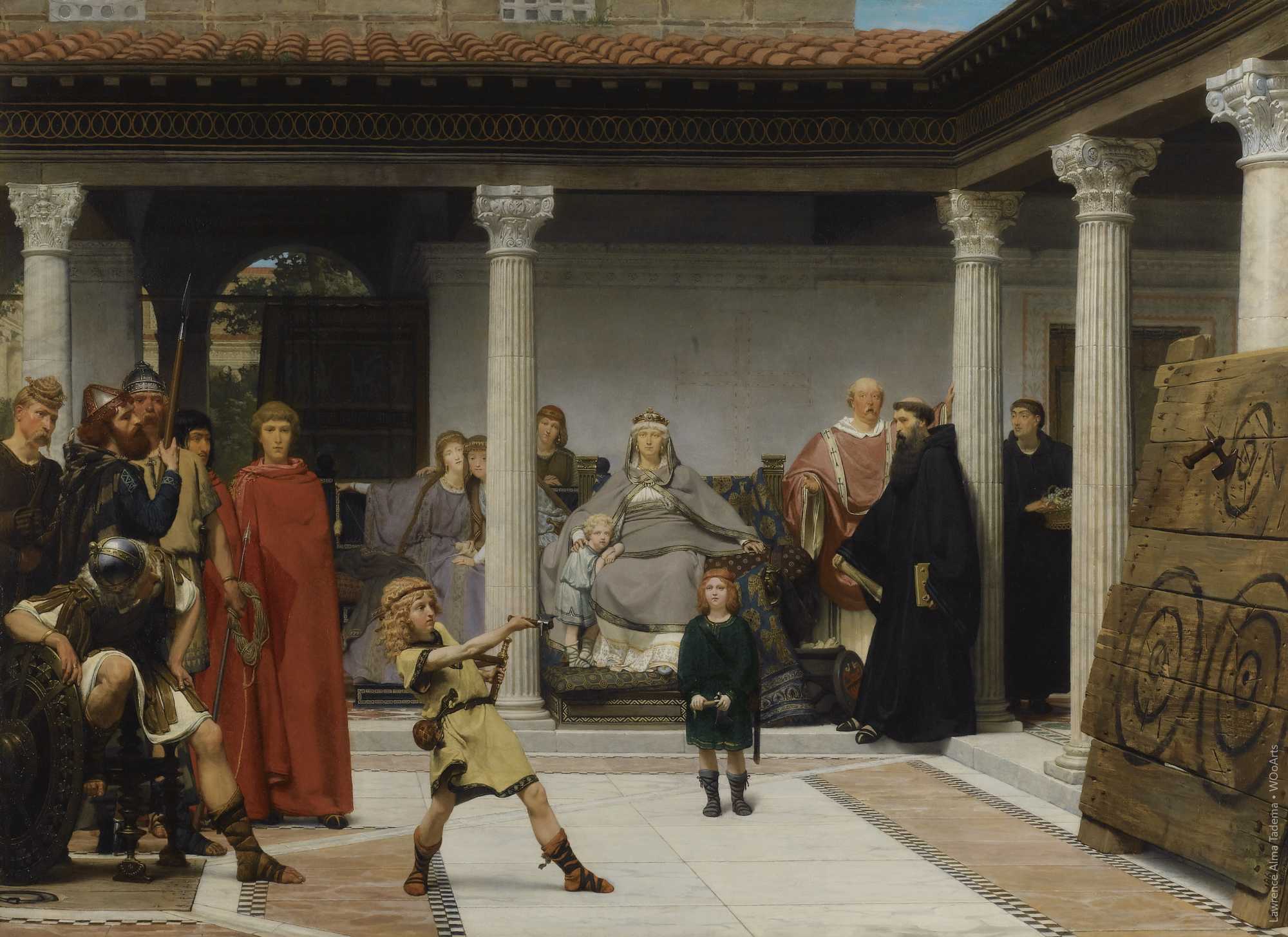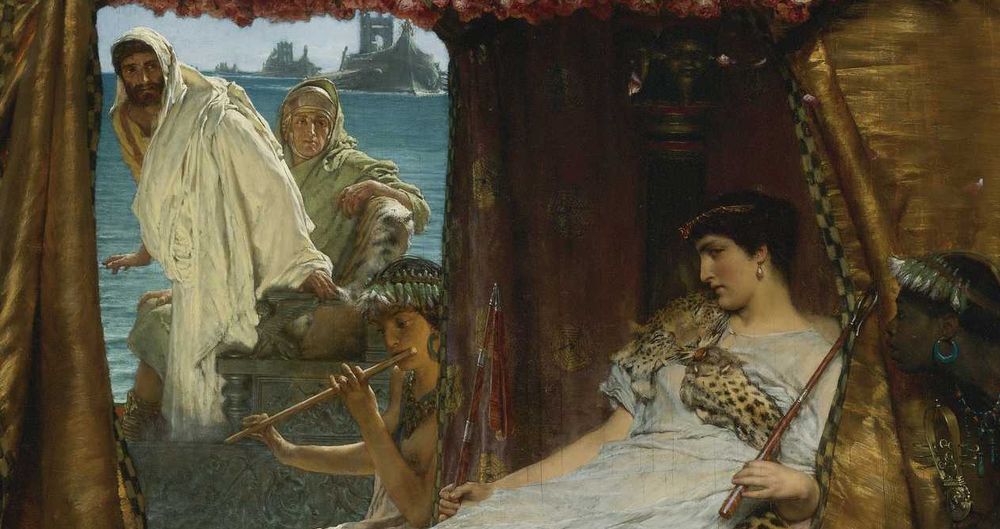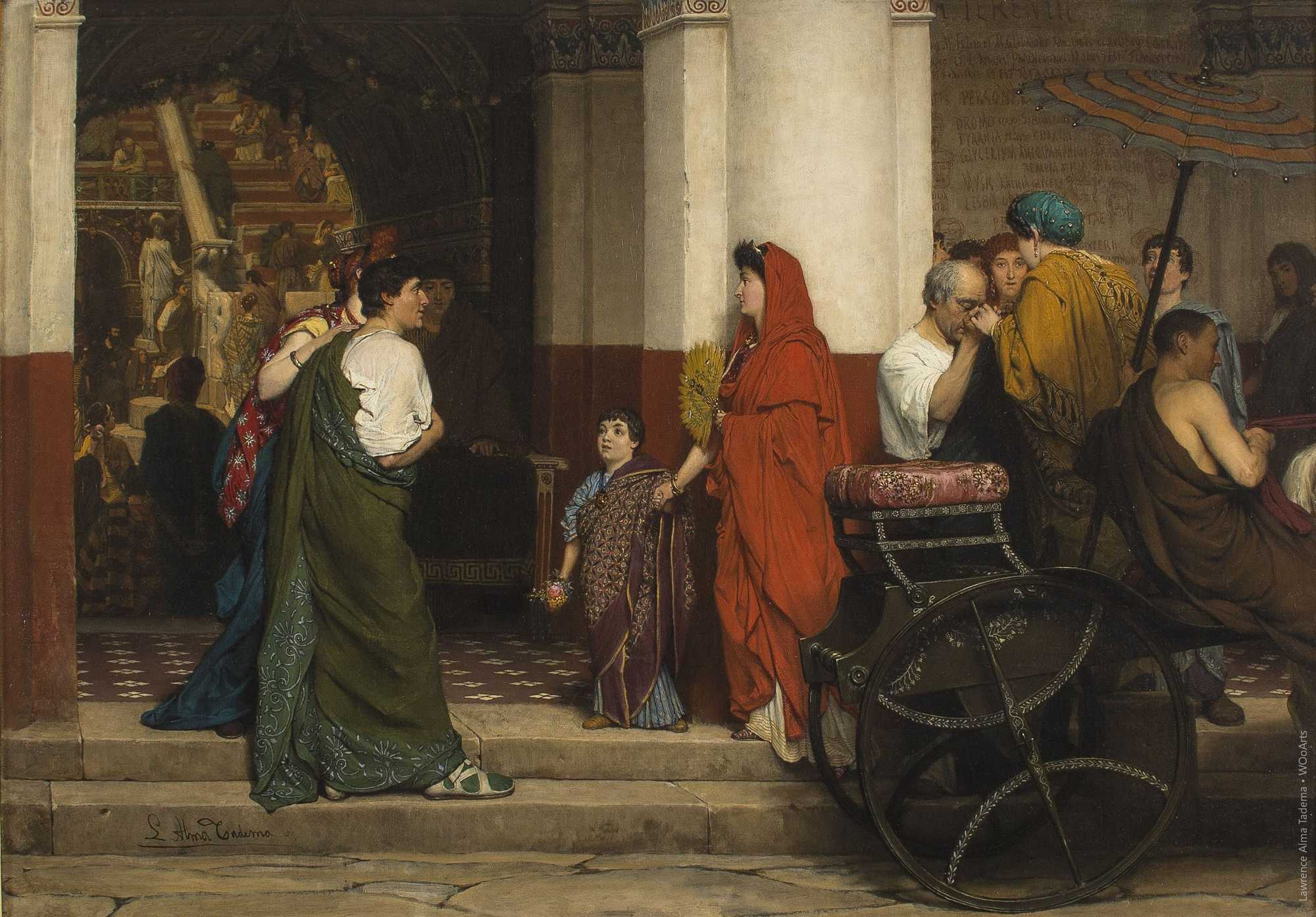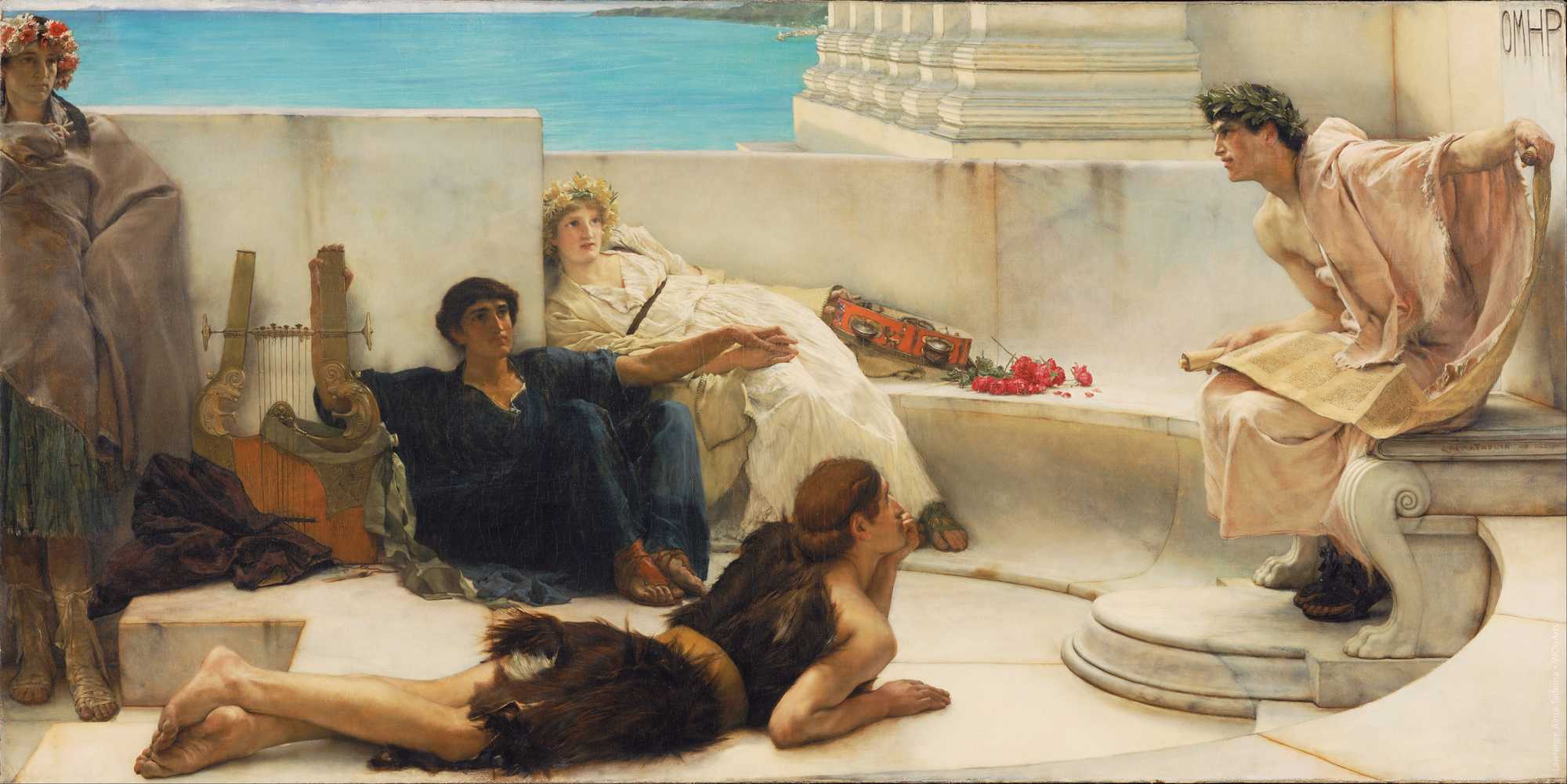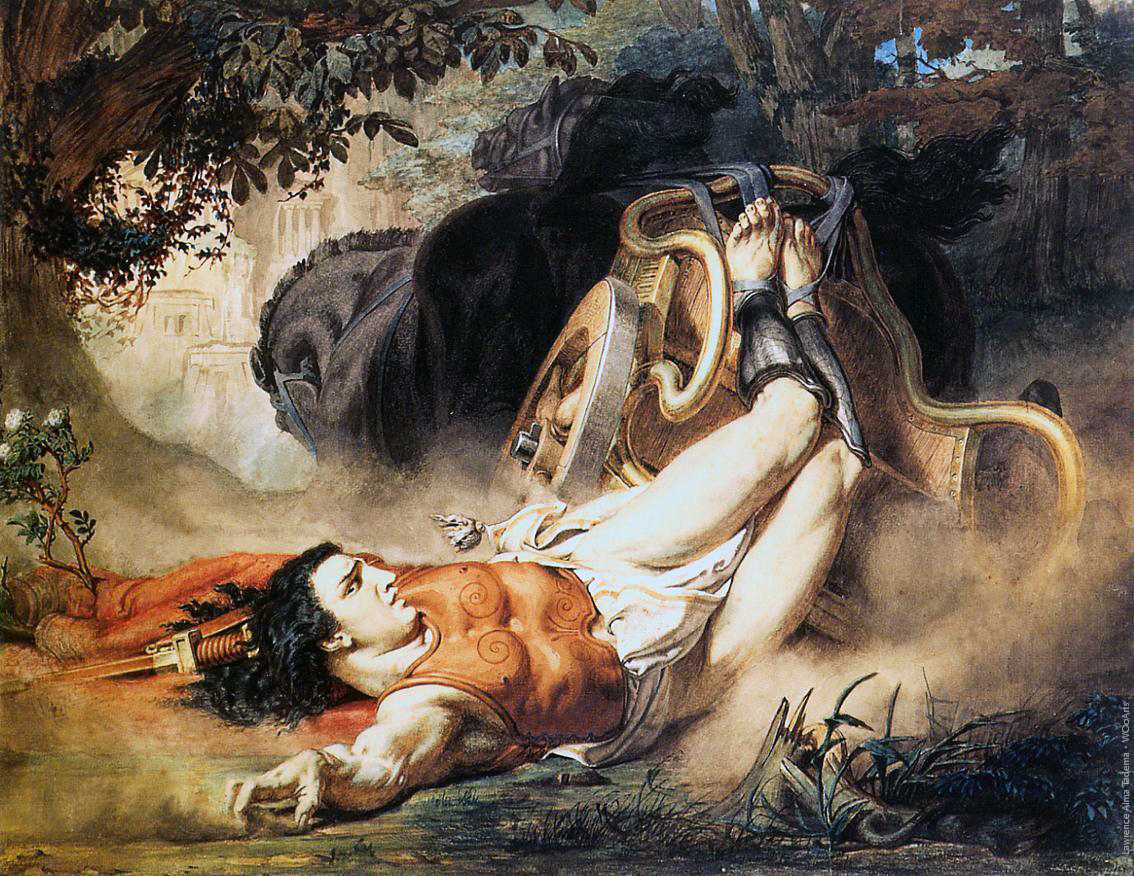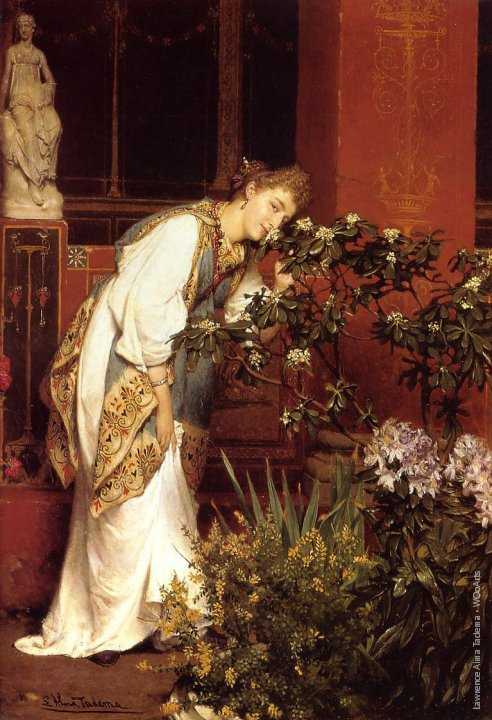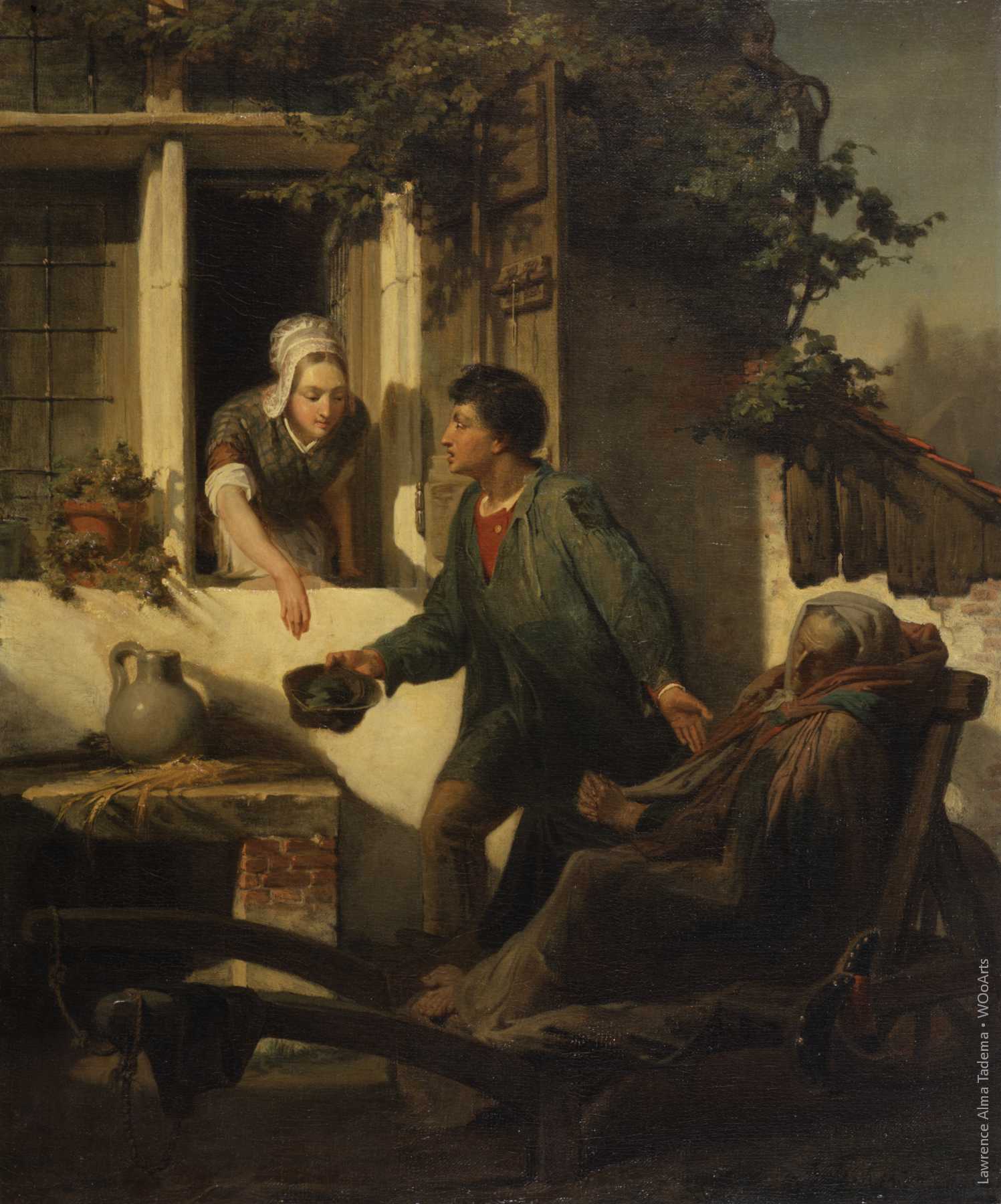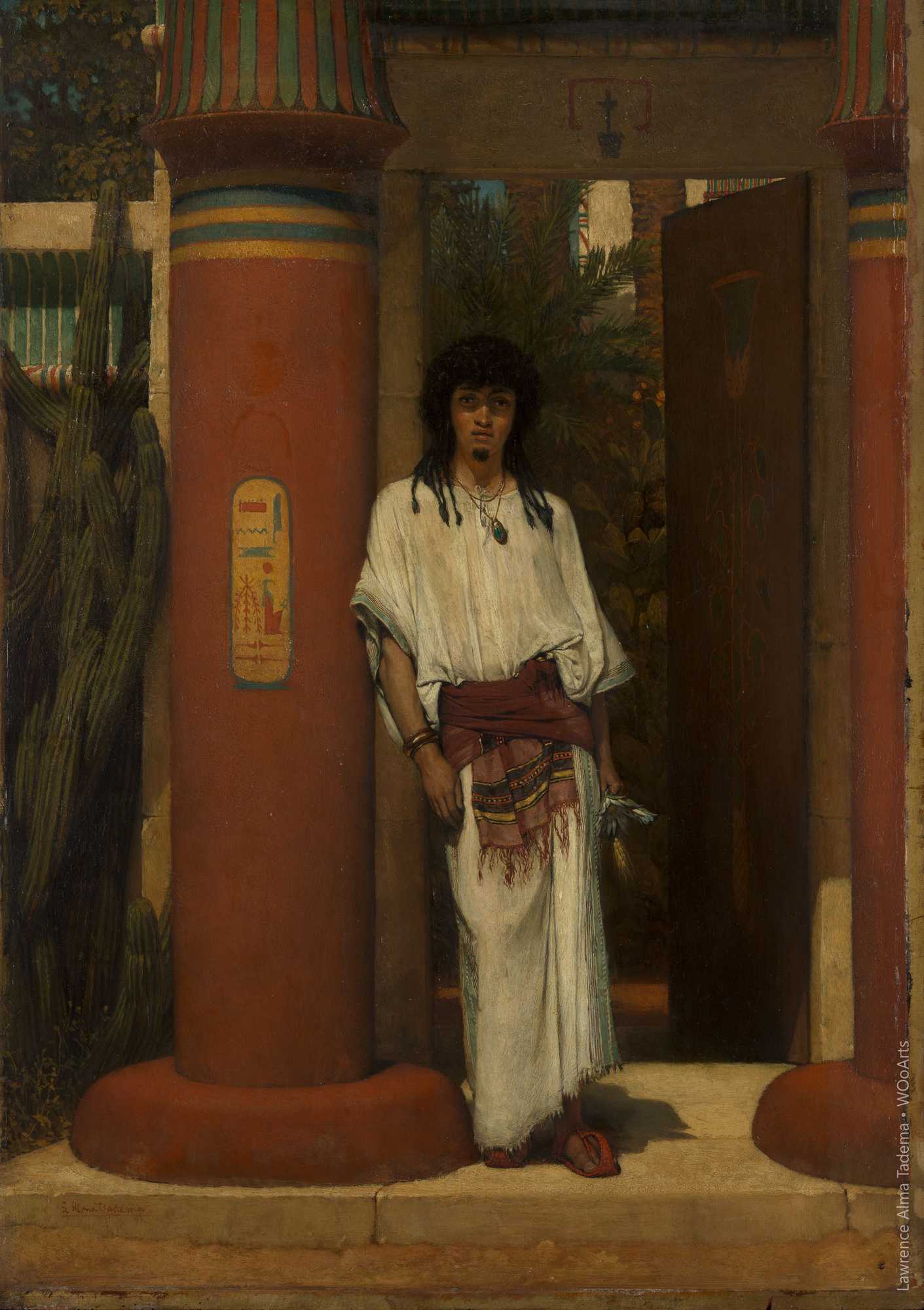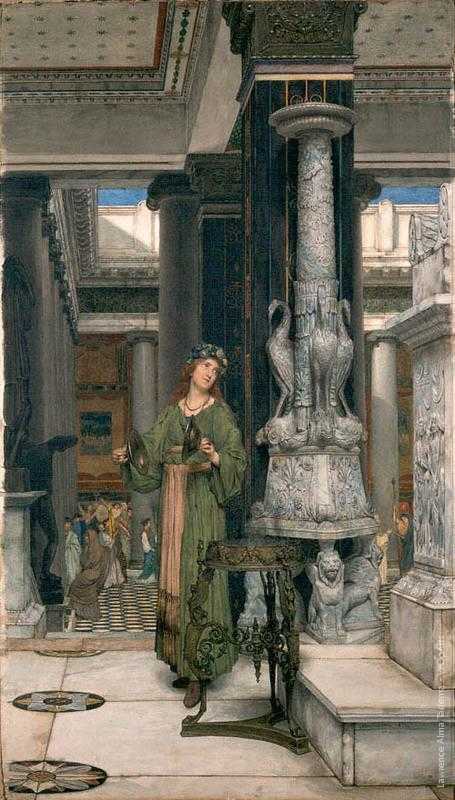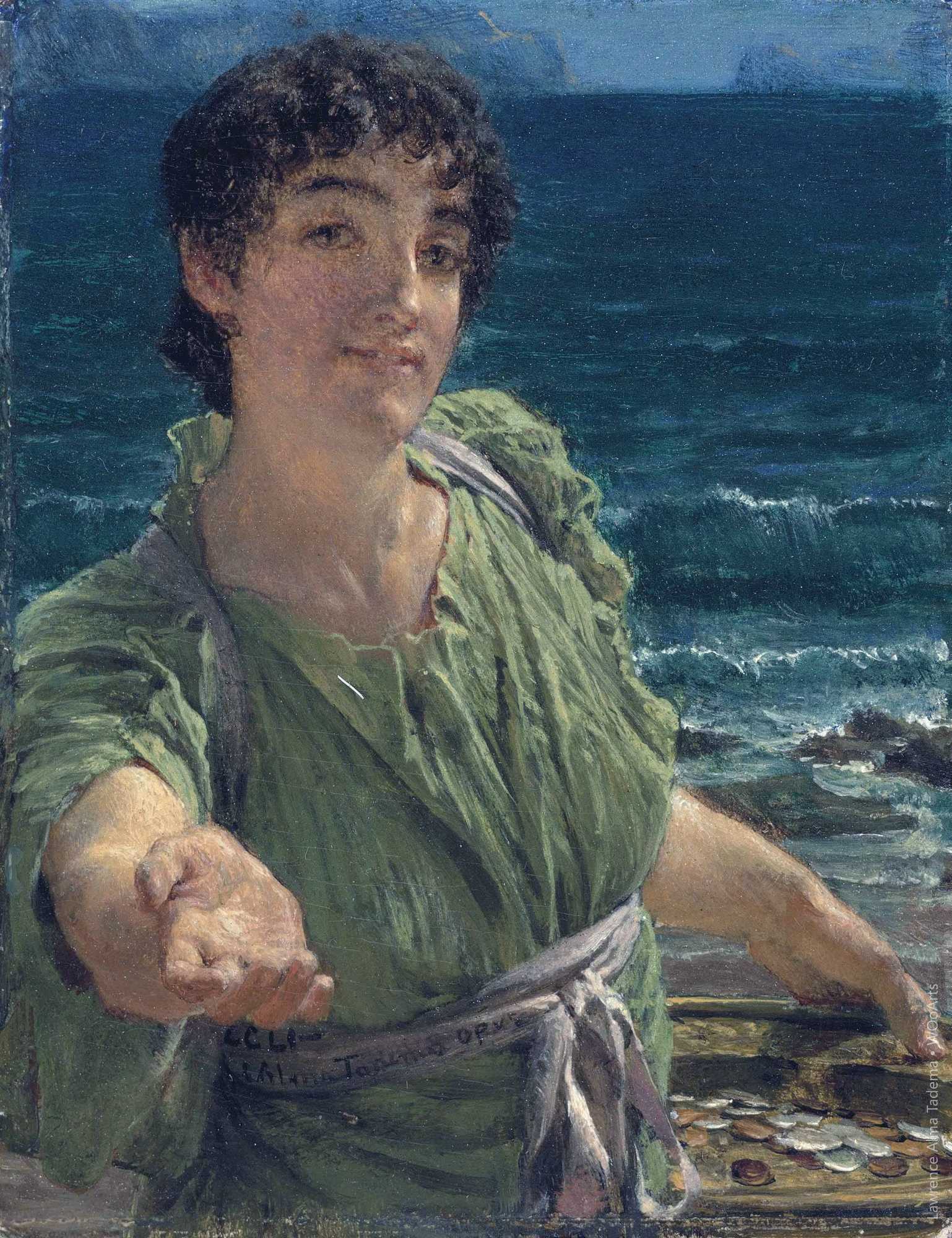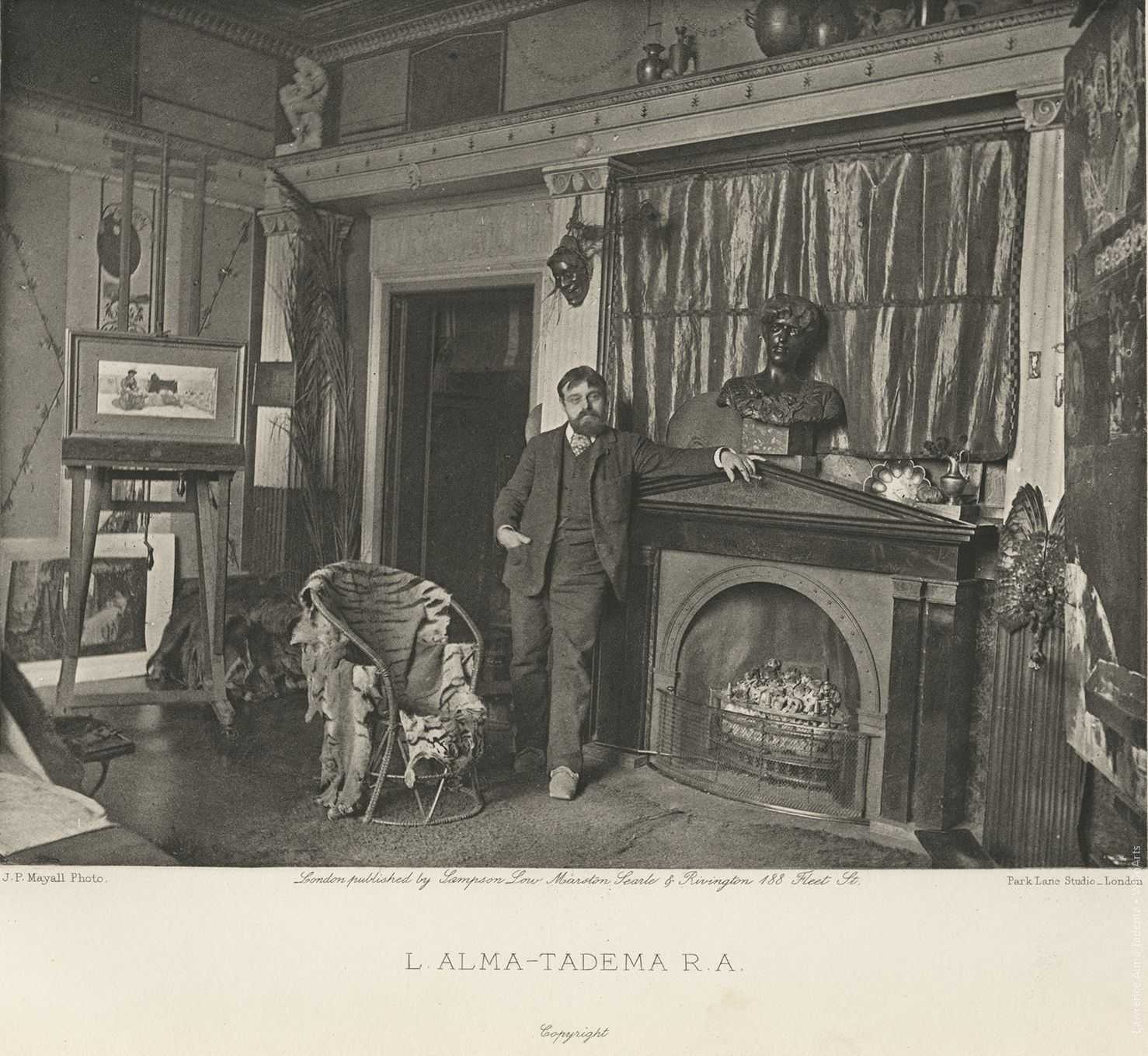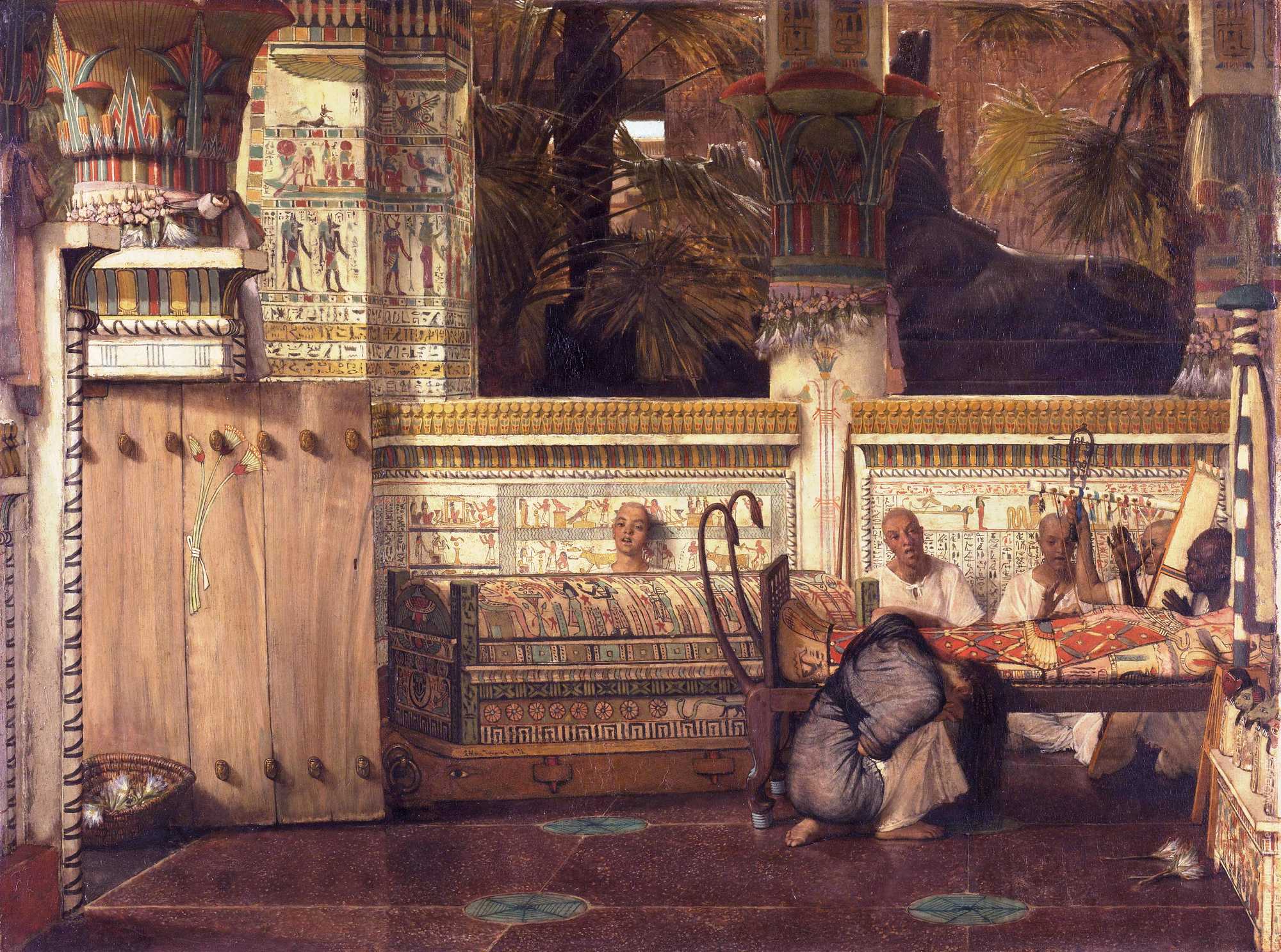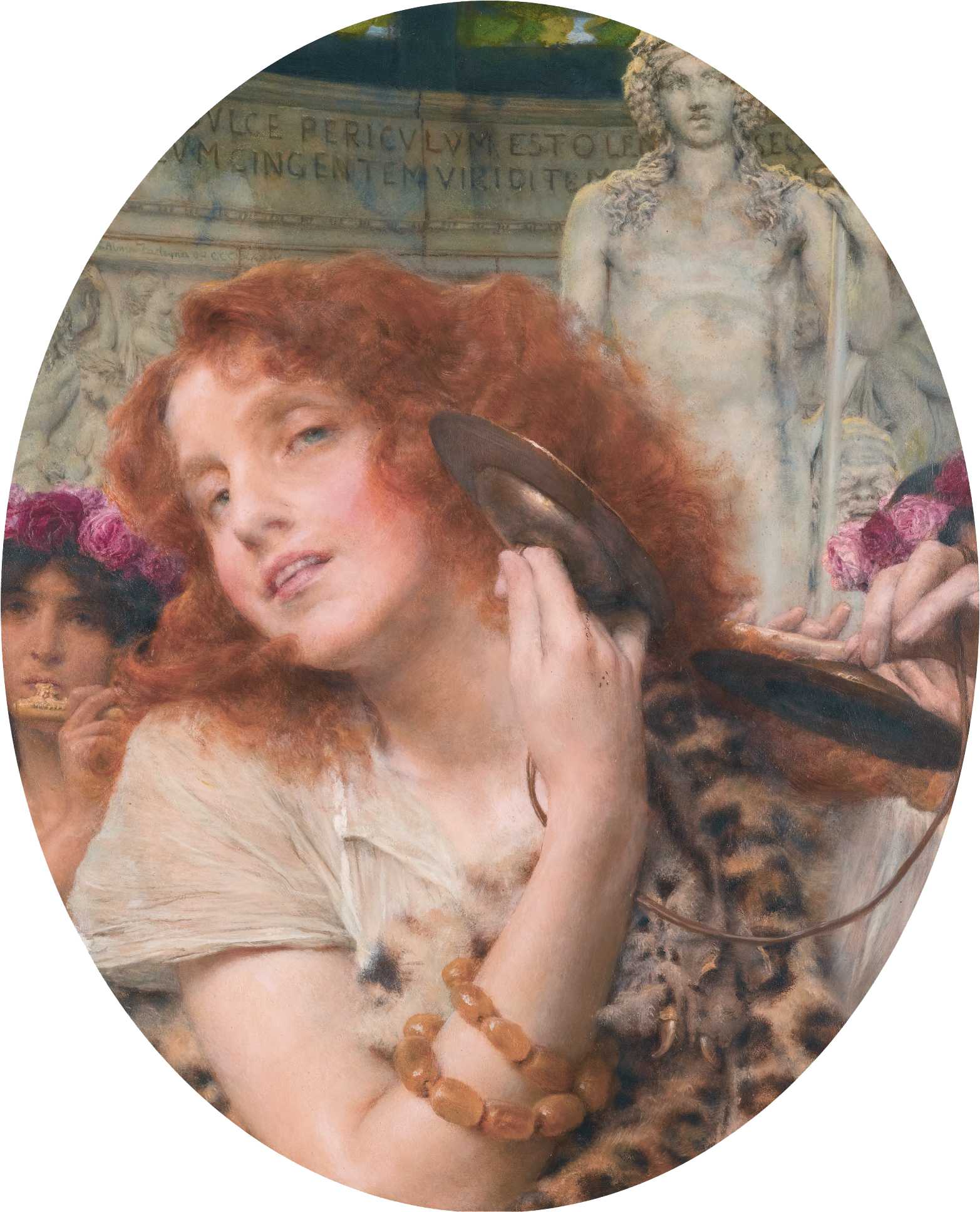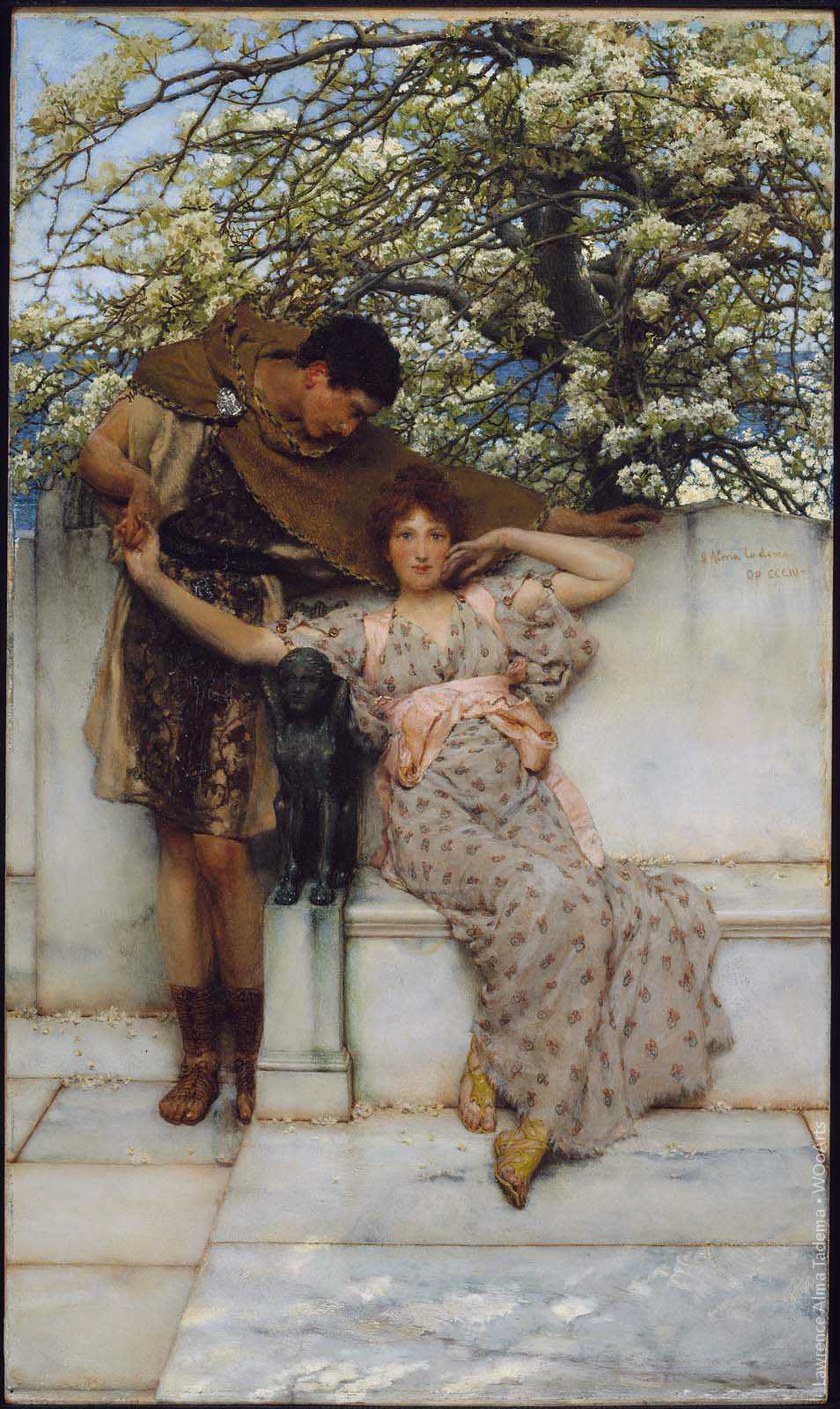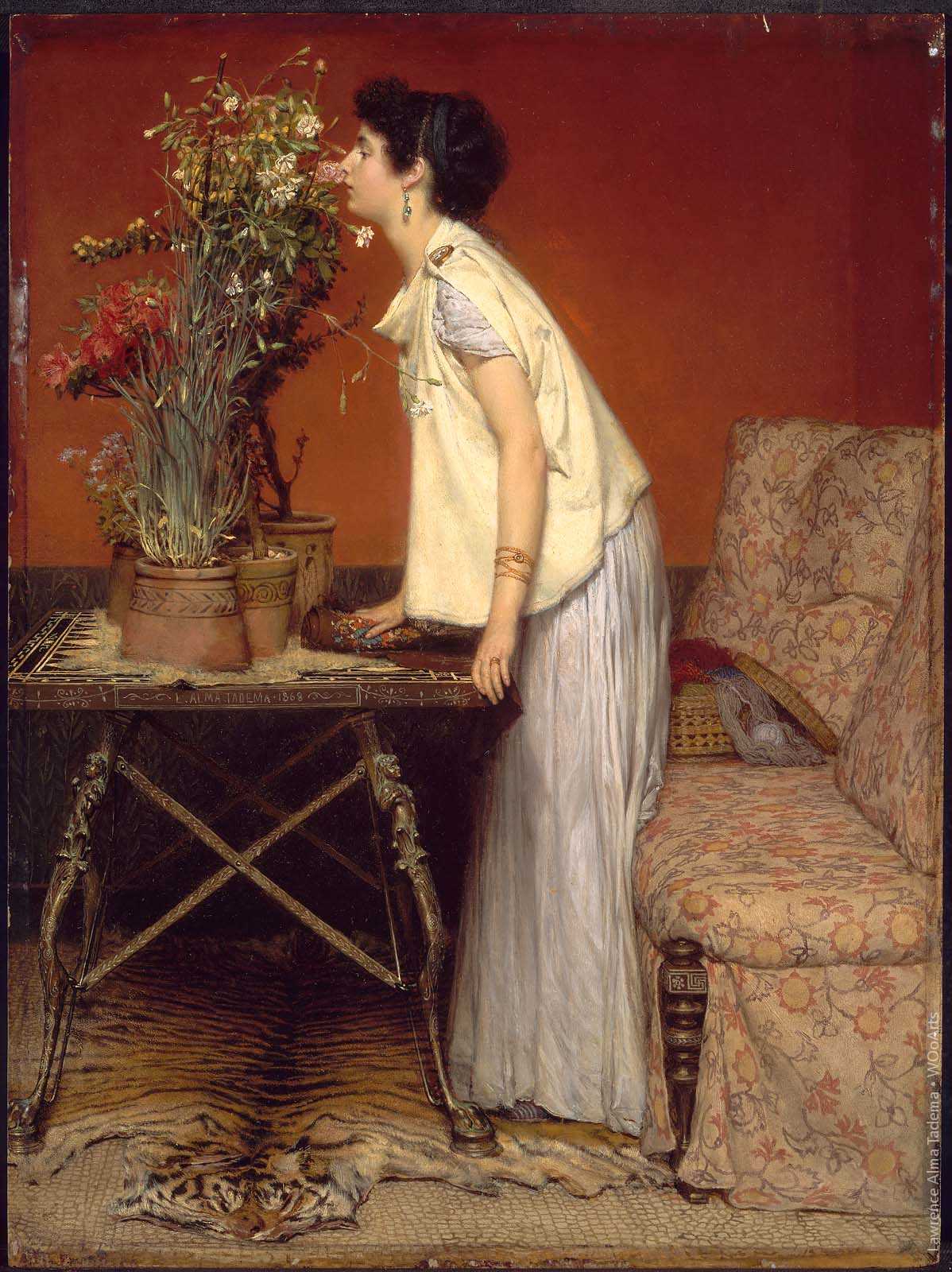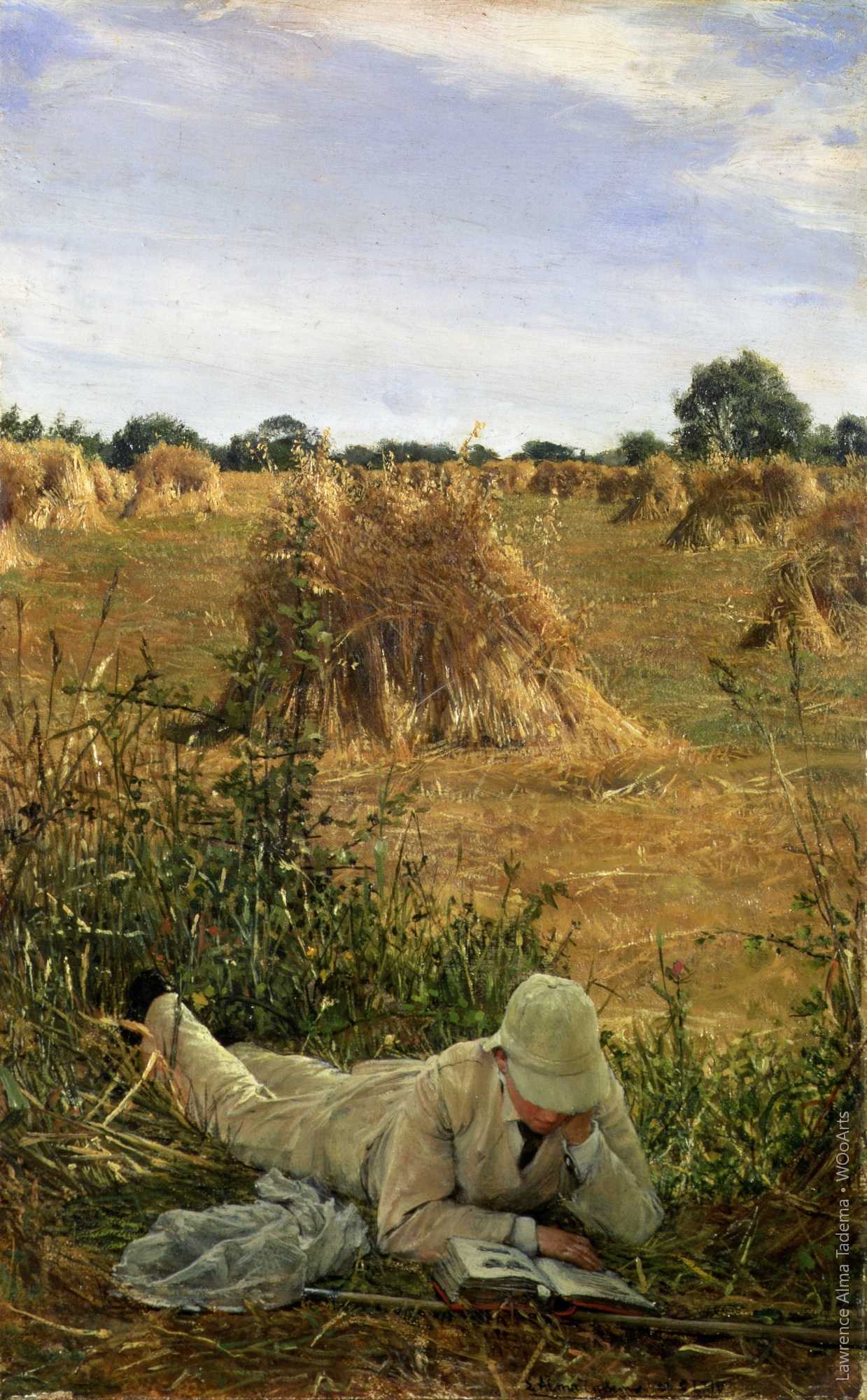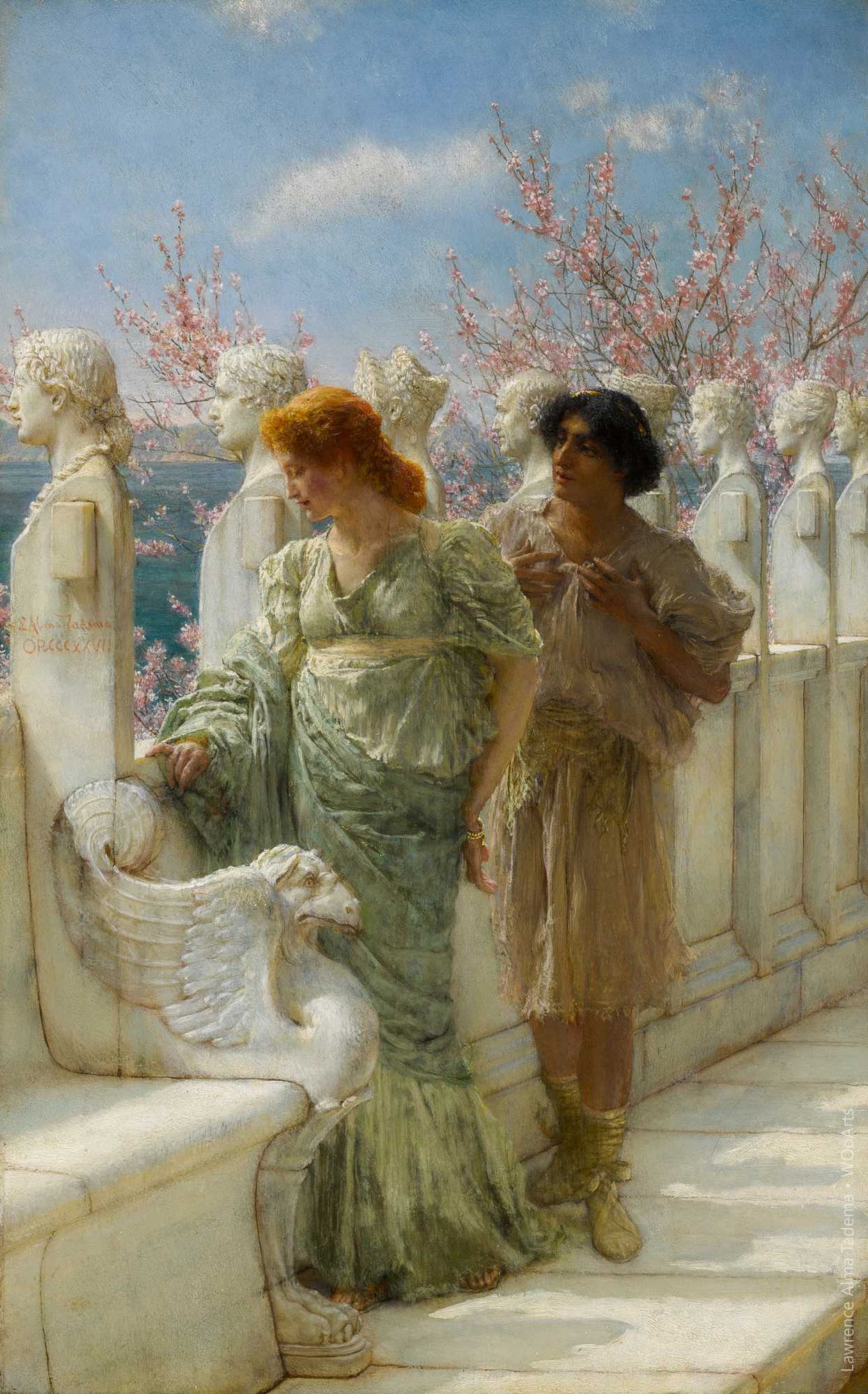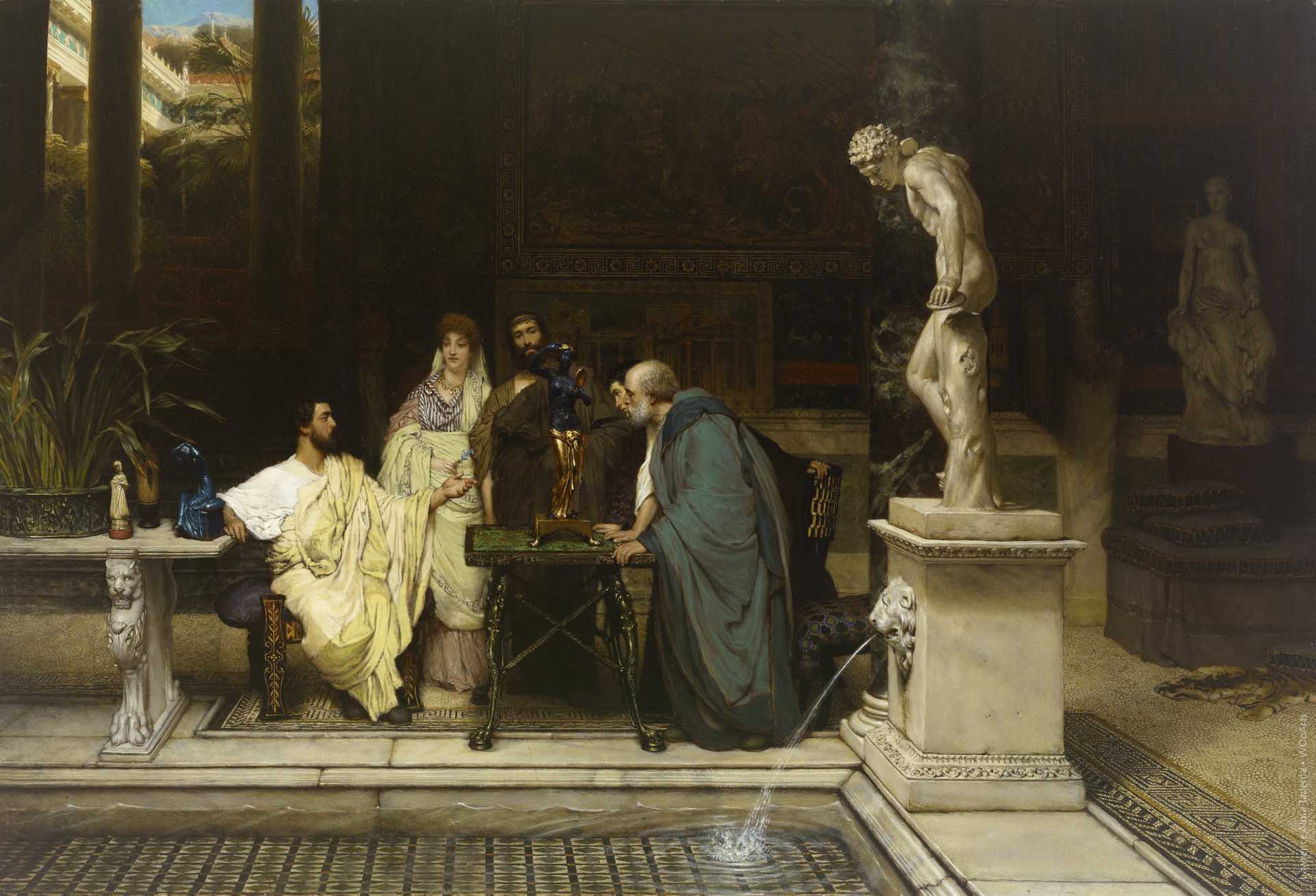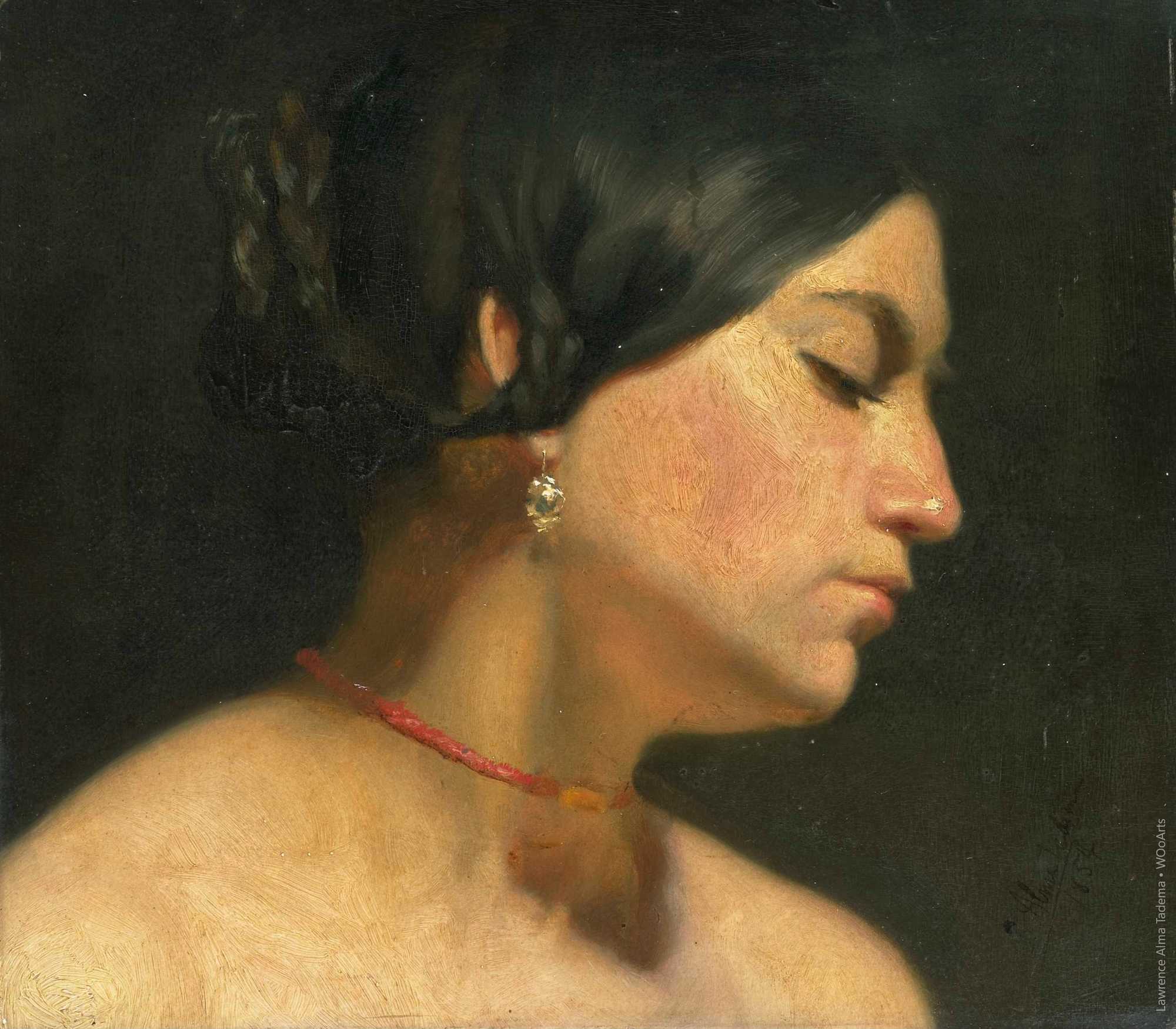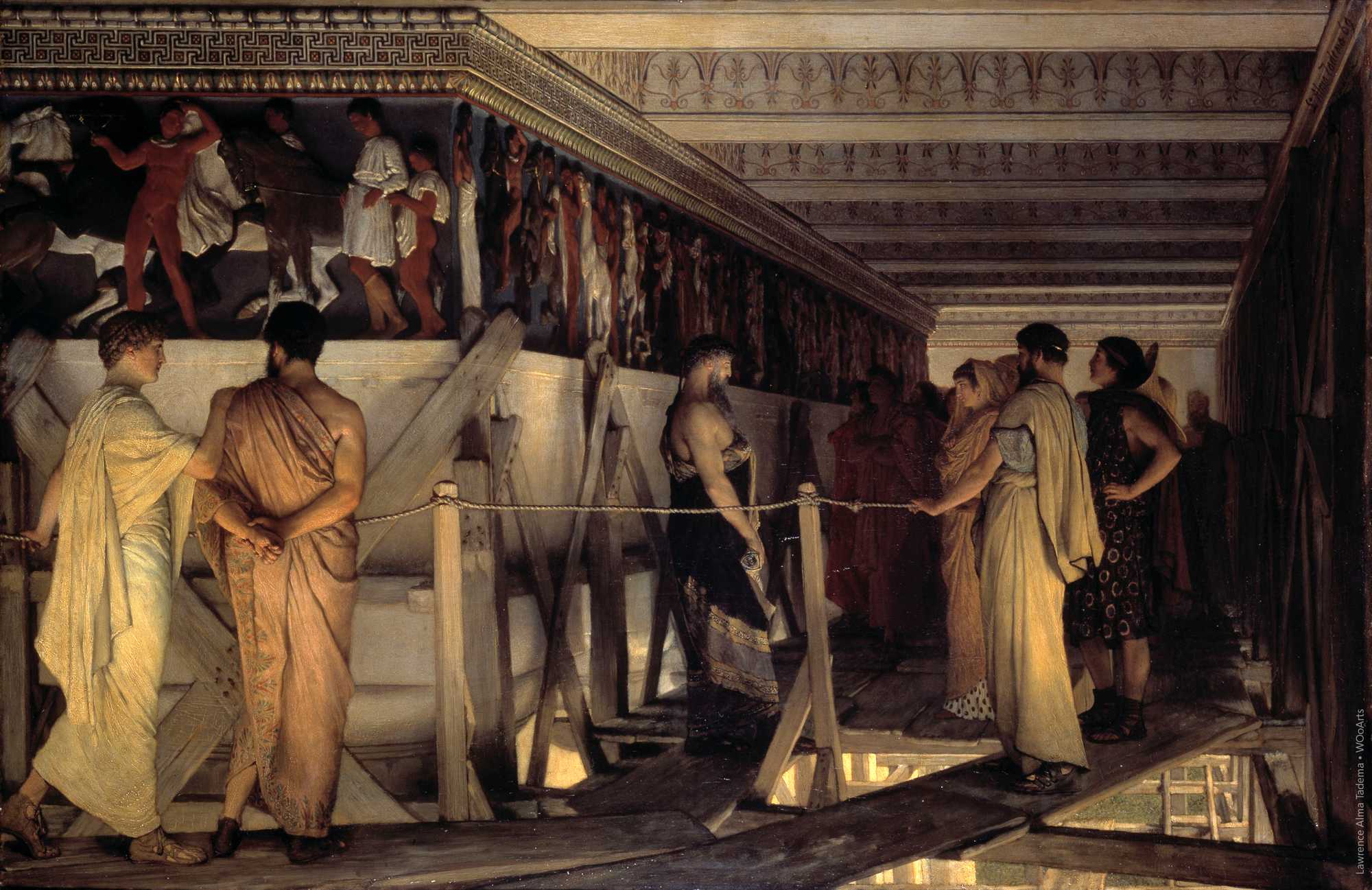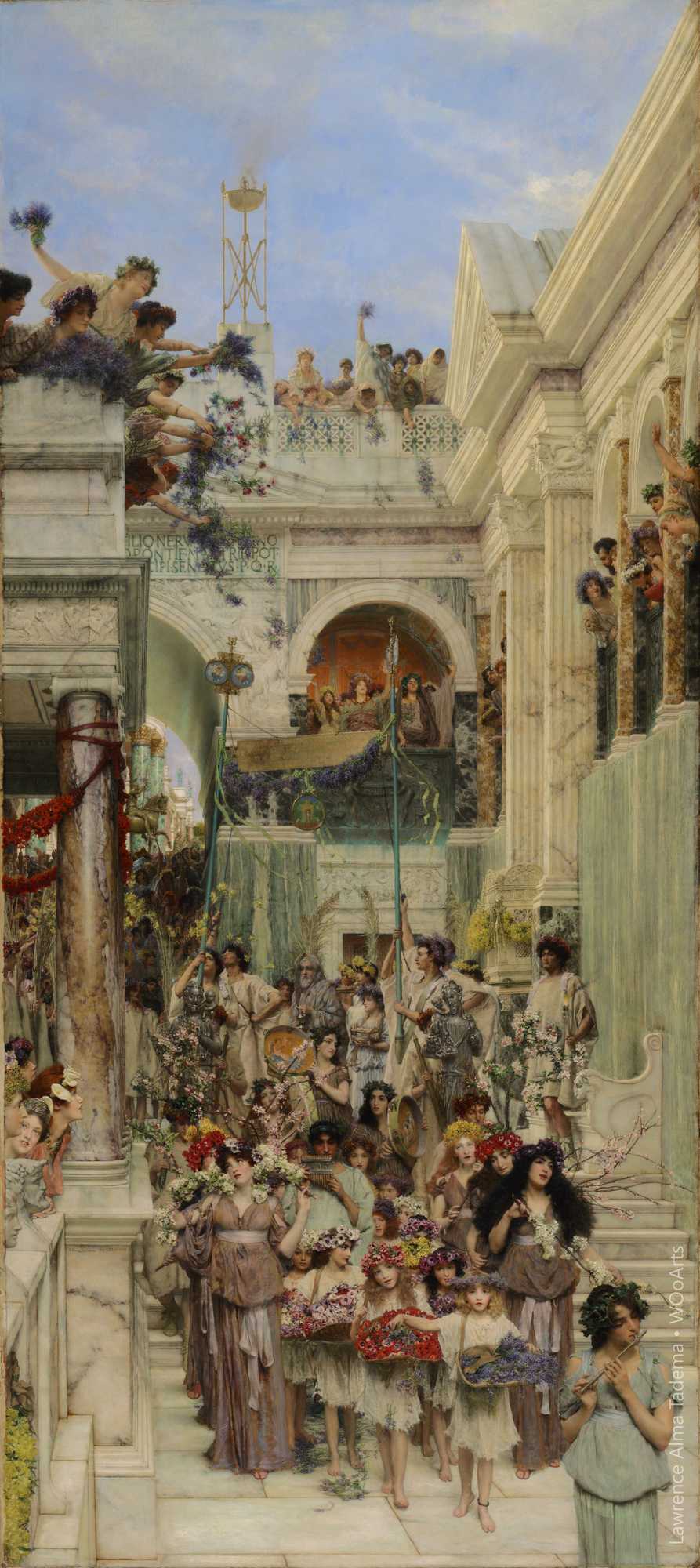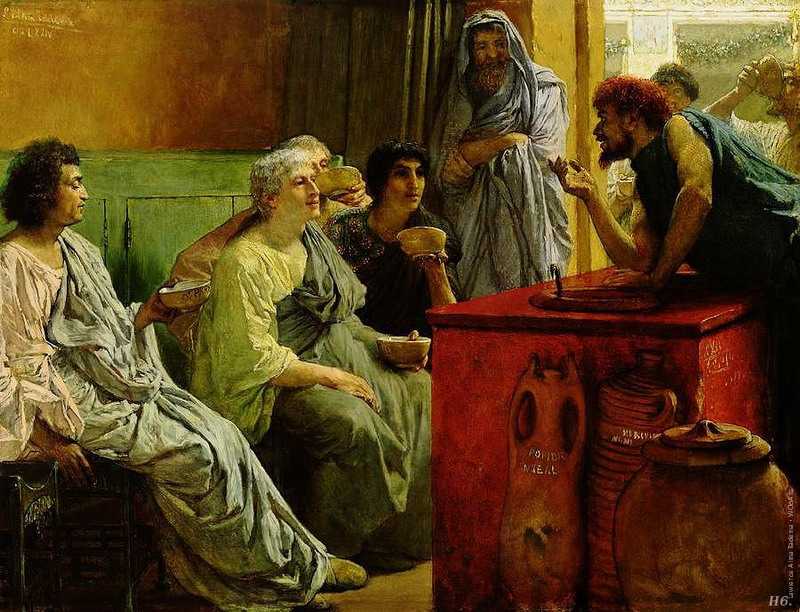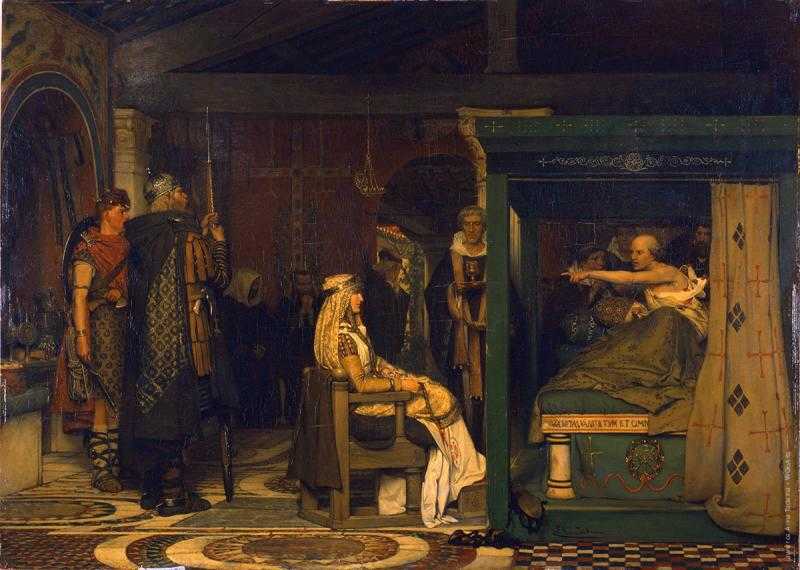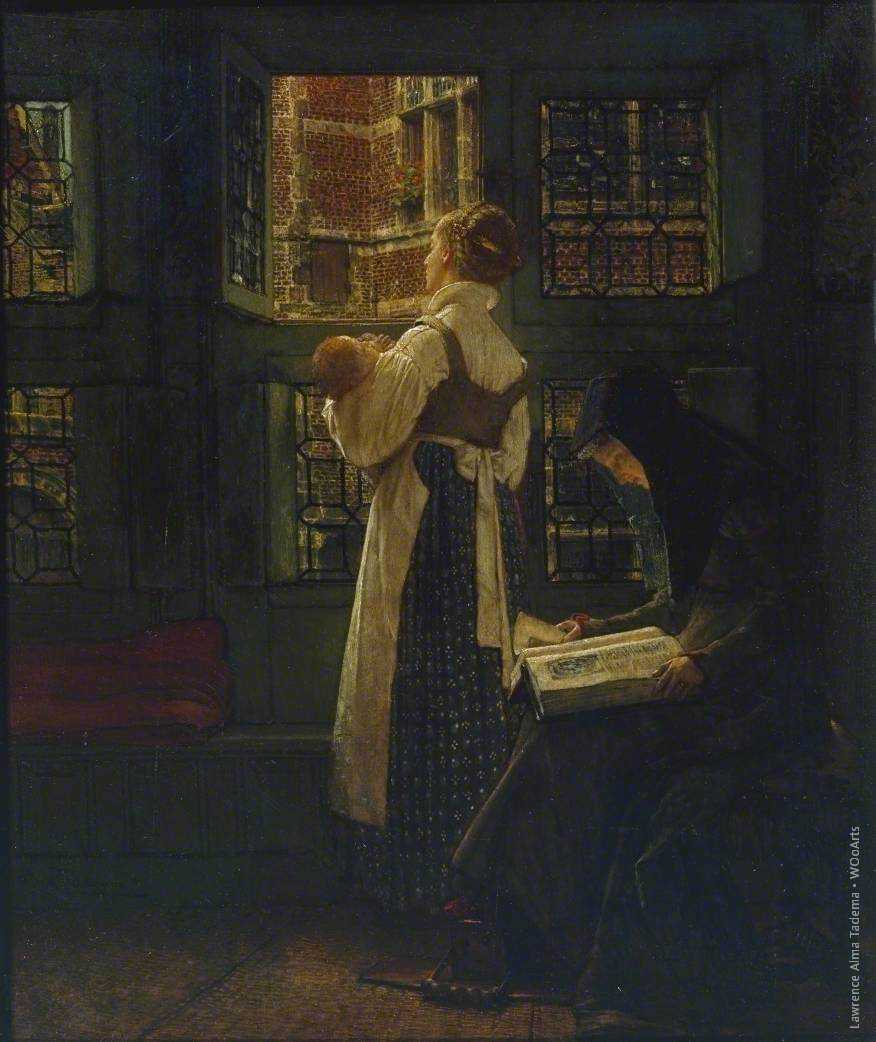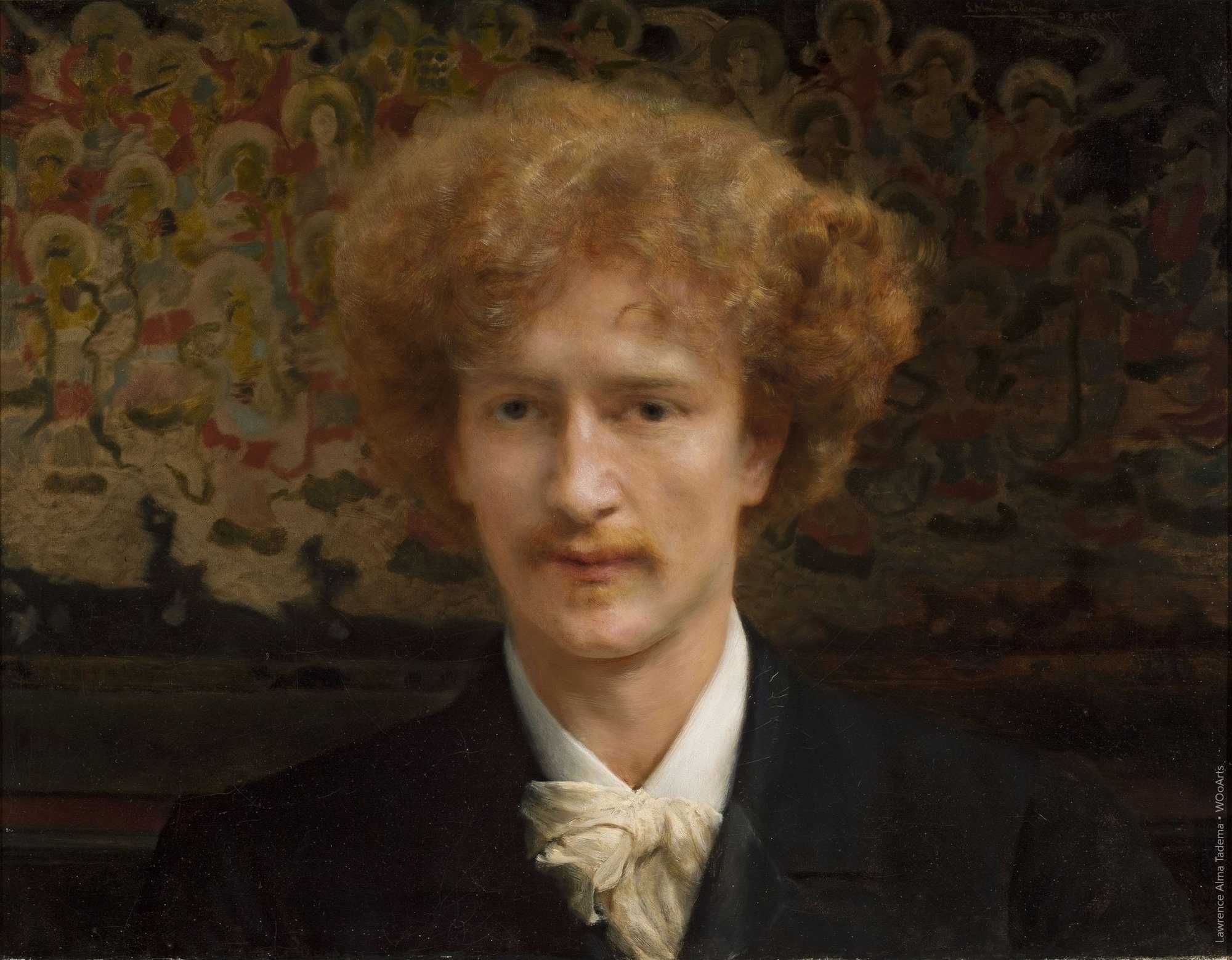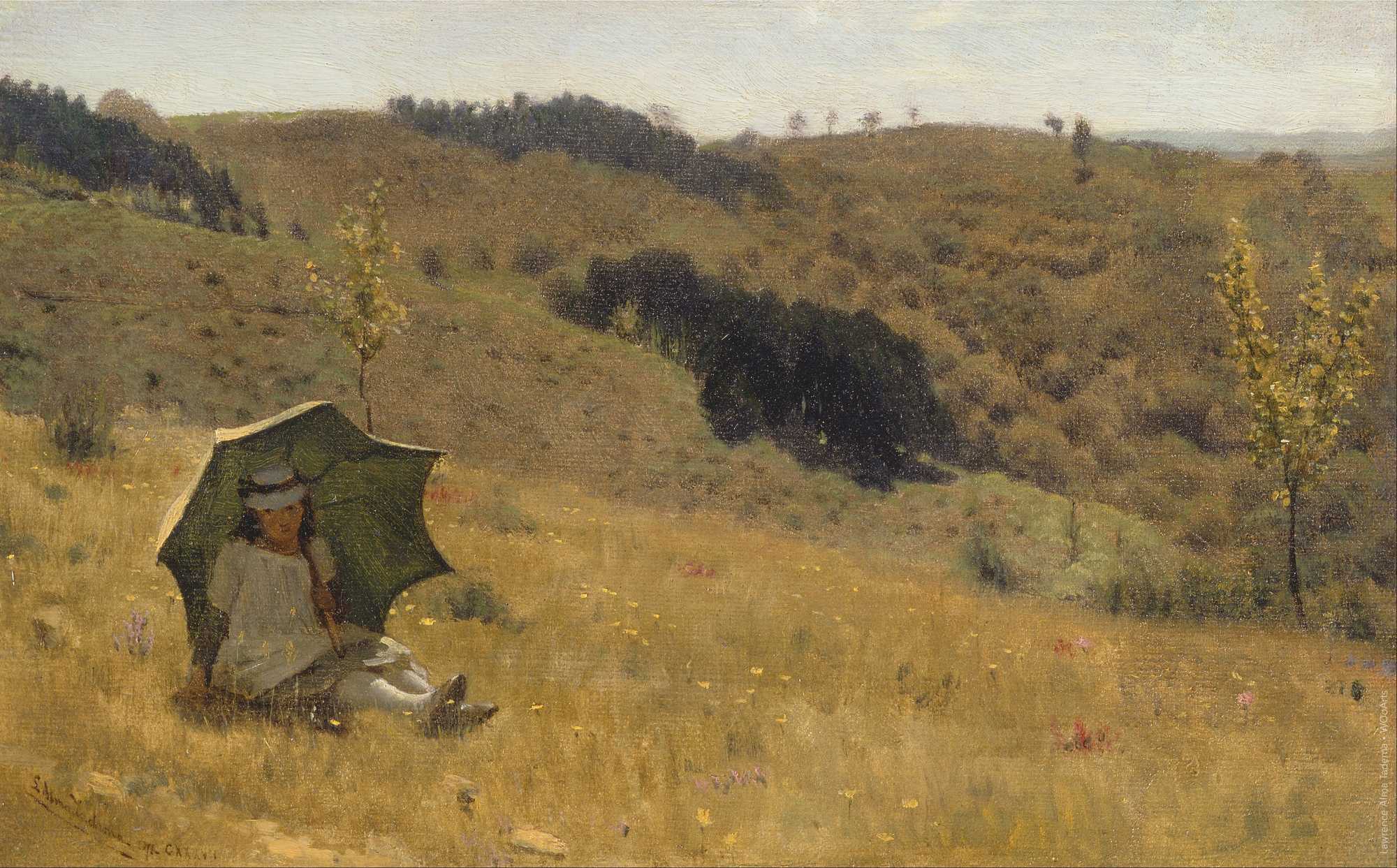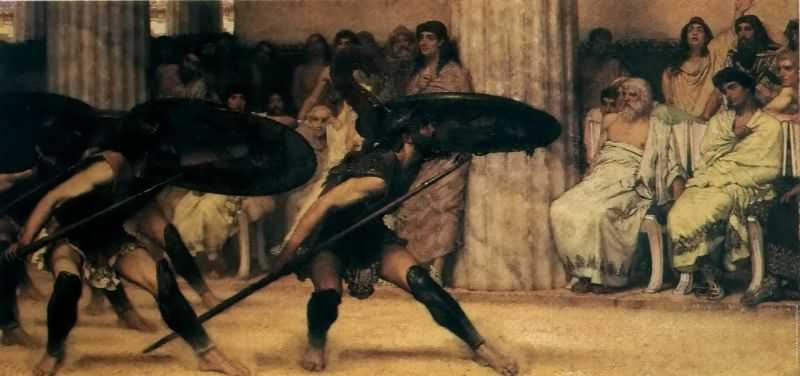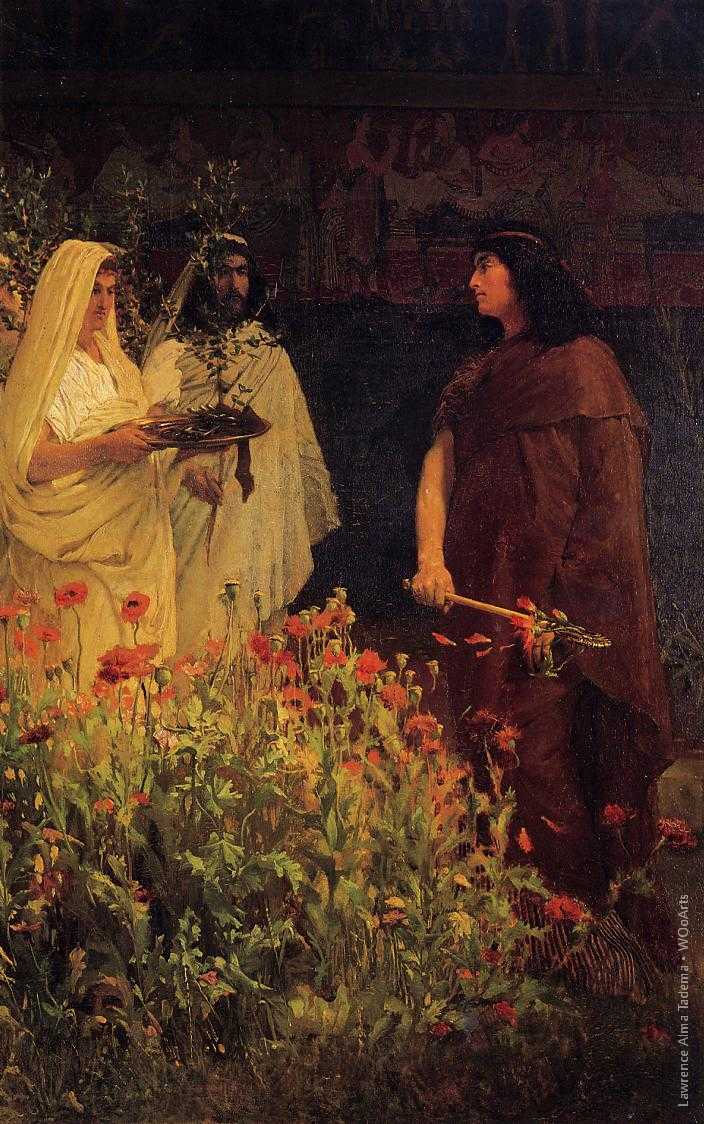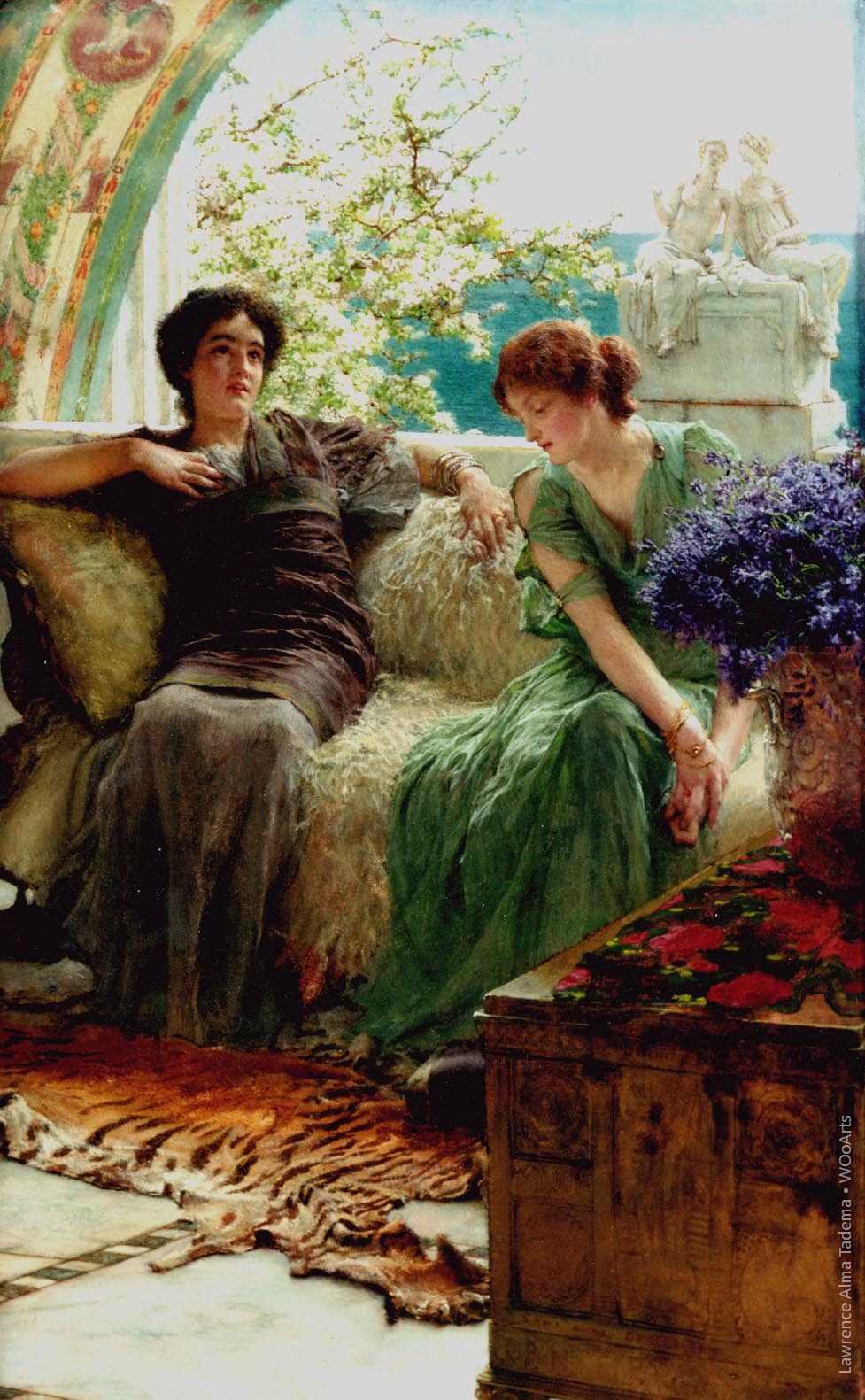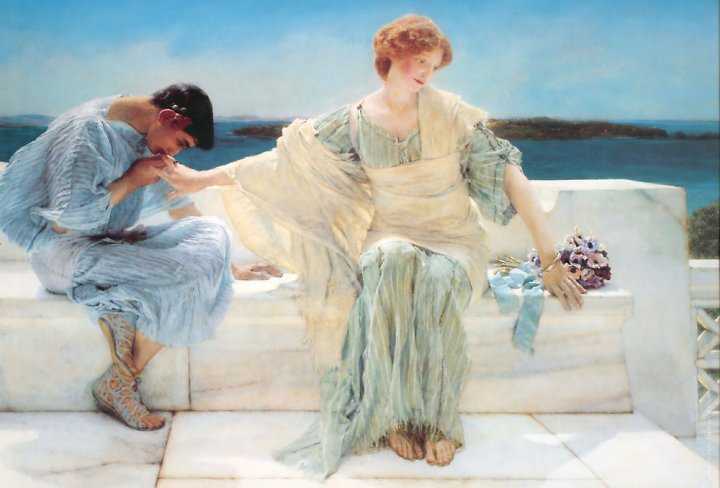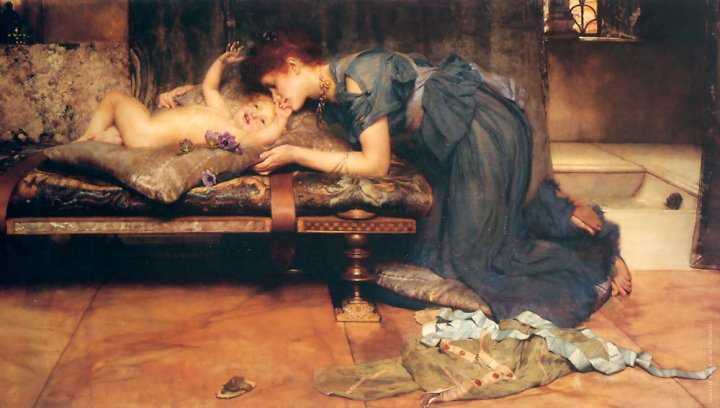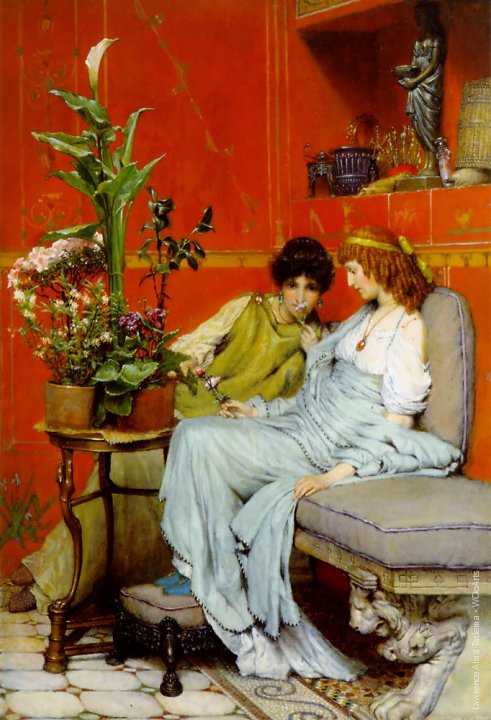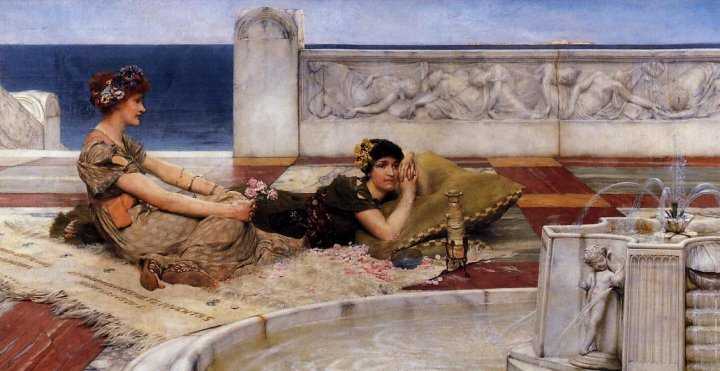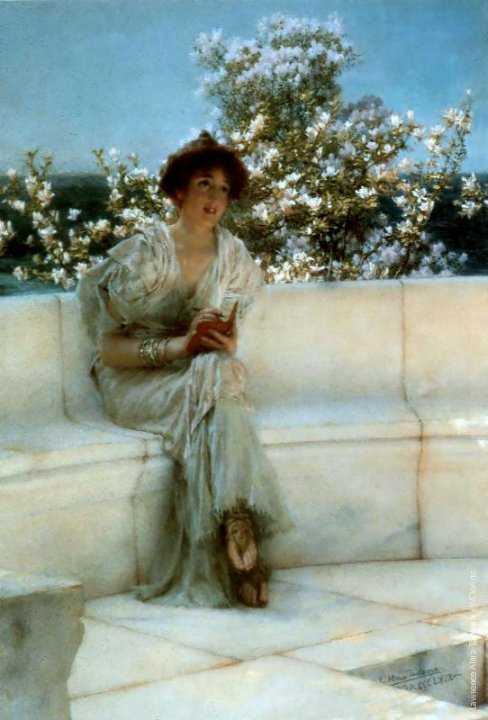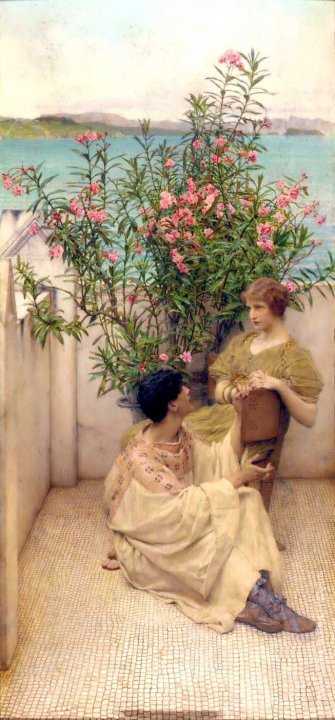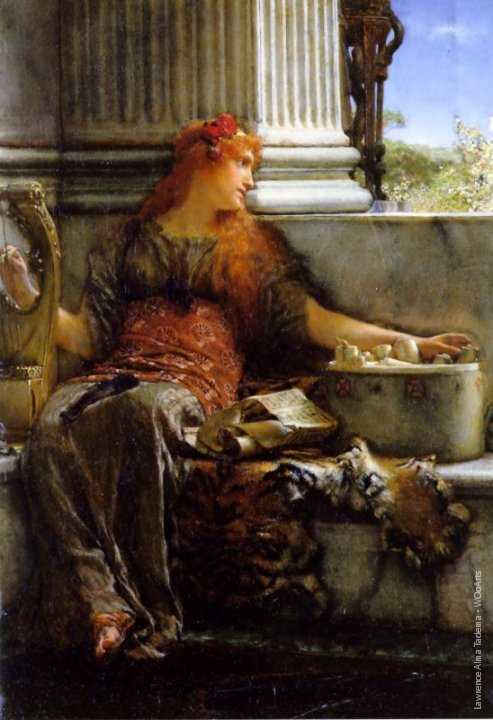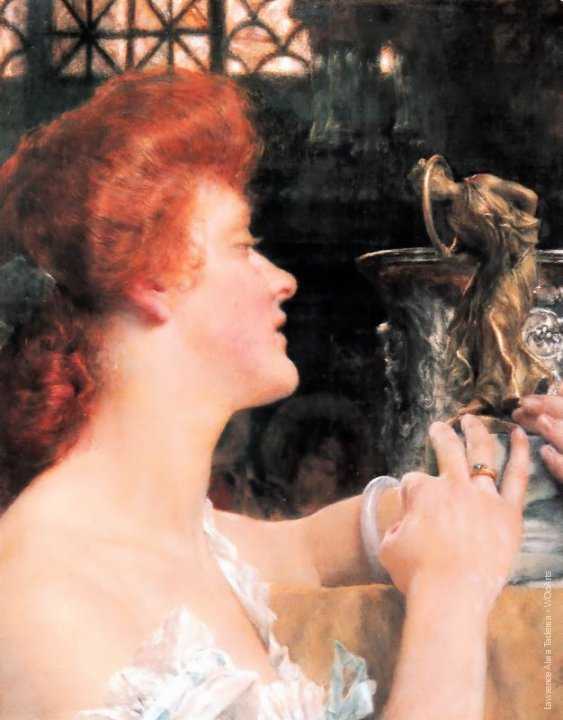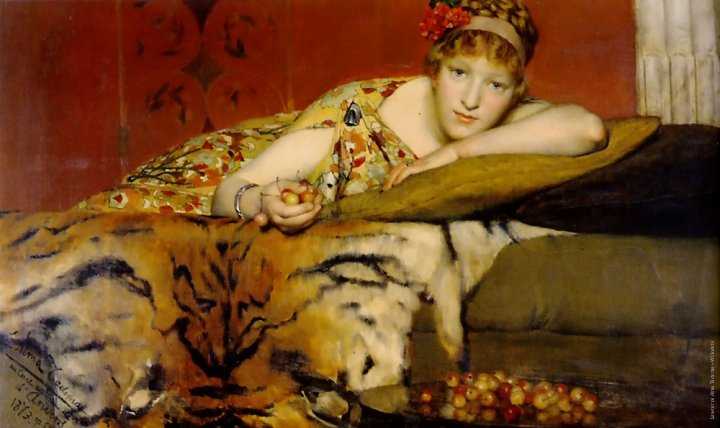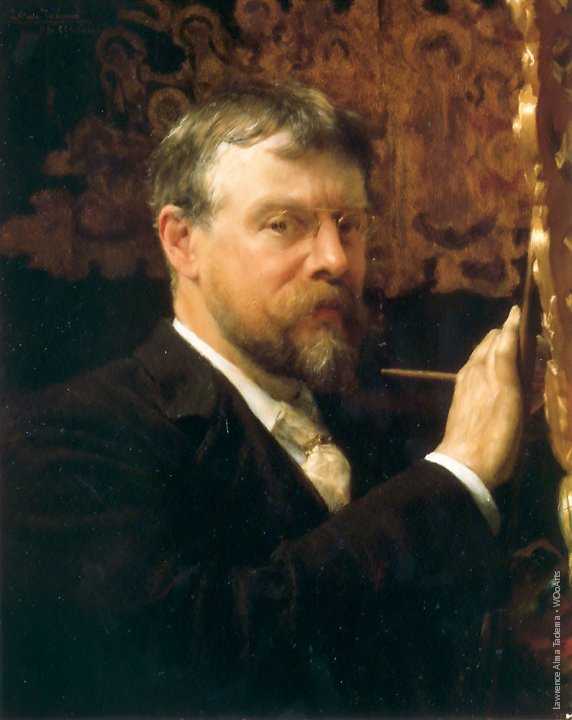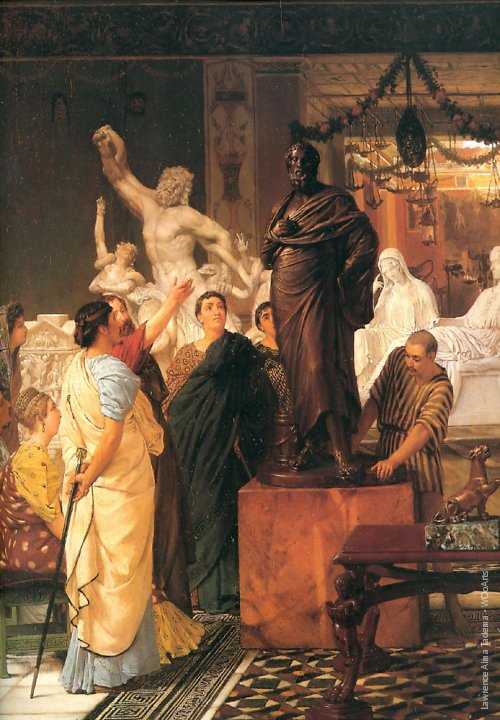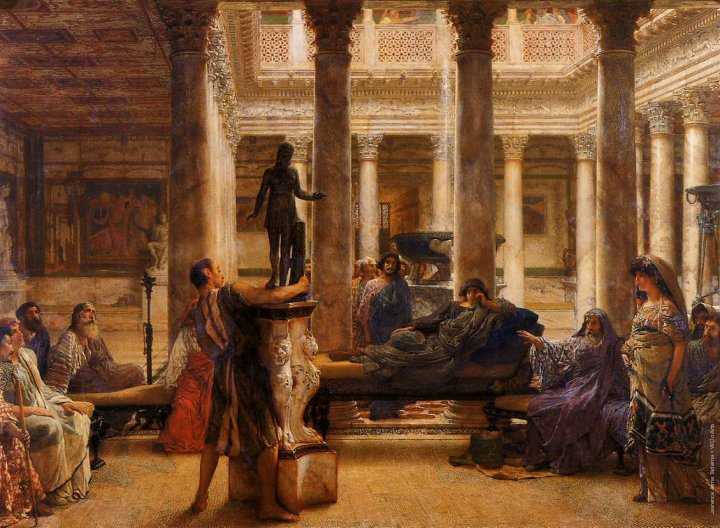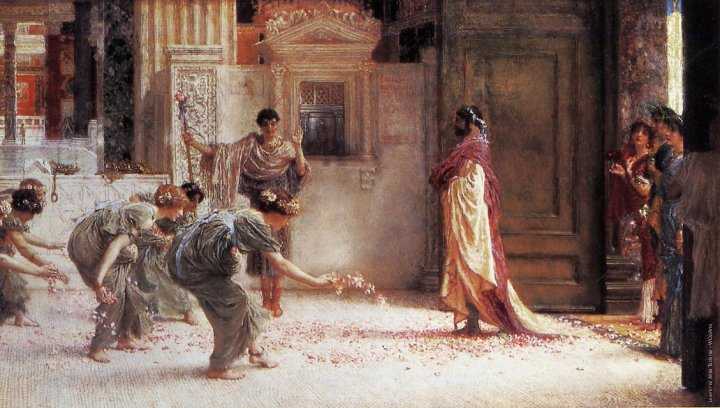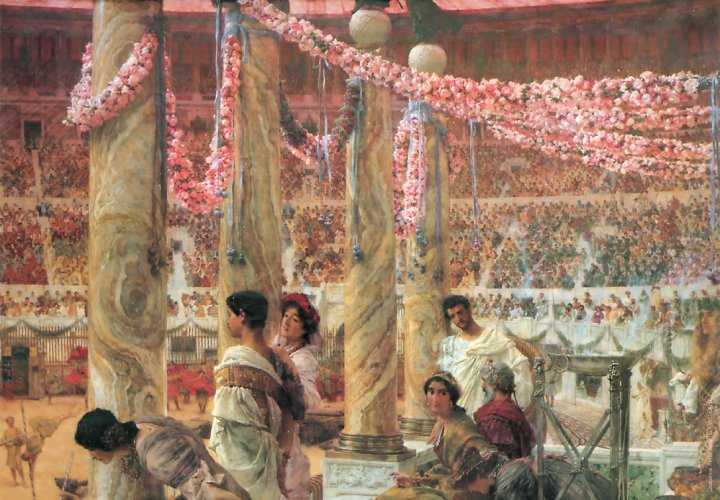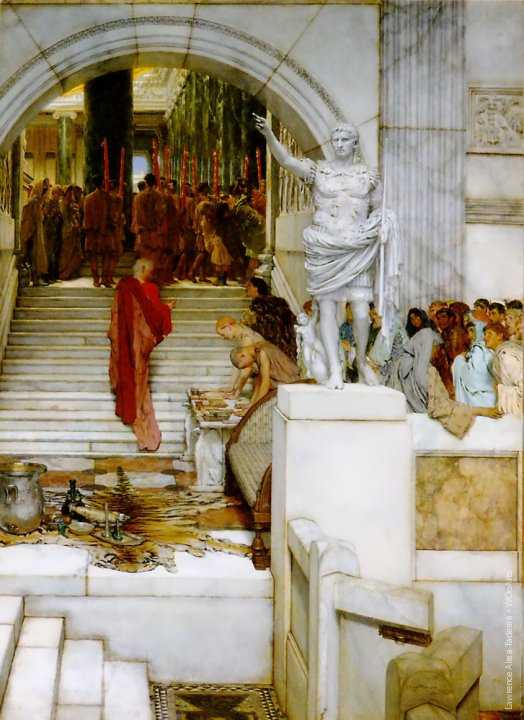Rediscovering the Lush Canvases: Unraveling the Artistic Mastery of Lawrence Alma-Tadema
In the vast realm of art history, Lawrence Alma-Tadema stands as a luminary whose artistry transcends time. His ability to breathe life into the classical world through a meticulous amalgamation of architectural precision, luminous color, and nuanced brushwork is a testament to his unparalleled skill. Alma-Tadema’s legacy endures as a testament to the enduring power of art to transport us to distant worlds and evoke a timeless sense of wonder

Takeaways:
- Architectural Symphony: Alma-Tadema’s architectural precision elevates his works beyond mere historical representation. His meticulous attention to architectural details serves as a testament to his commitment to authenticity.
- Luminosity in Paint: The play of light and color in Alma-Tadema’s paintings is a masterclass in creating atmospheric richness. His adept use of light sources infuses life into his compositions, transporting viewers to a world bathed in a warm, golden glow.
- Narrative Through Brushstrokes: Alma-Tadema’s brushstrokes are not mere technical flourishes; they are integral to the storytelling. The fine detailing and textural richness contribute to the immersive quality of his paintings, inviting viewers to explore the narratives woven within.
- Impasto Magic: The artist’s use of impasto techniques adds a tactile dimension to his work, inviting viewers to appreciate the physicality of the depicted scenes. The raised surfaces and subtle interplay of light create a mesmerizing visual experience.

Introduction:
In the annals of art history, certain names stand out as virtuosos who managed to capture the essence of their time while leaving an indelible mark on the canvas of collective memory. Lawrence Alma-Tadema, a 19th-century Dutch-British painter, is undoubtedly one such luminary whose works have continued to captivate audiences, drawing them into a sumptuous world of classical antiquity. This article delves into the nuances of Alma-Tadema’s artistry, particularly focusing on his distinctive art style and masterful use of brushes.
The Aesthetic Universe of Alma-Tadema:
- Romanticizing Antiquity: Alma-Tadema’s oeuvre is characterized by a fervent fascination with the ancient world, notably the Greco-Roman period. His canvases serve as portals to a bygone era, where opulence and leisure were depicted in meticulous detail.
- Architectural Precision: One cannot help but marvel at Alma-Tadema’s meticulous attention to architectural details. Whether it’s the grandeur of a Roman atrium or the subtle nuances of a Greek courtyard, his architectural renderings are not just backdrops but protagonists in his visual narratives.
- Play of Light and Color: Alma-Tadema’s command over light and color is nothing short of extraordinary. He transforms his canvases into luminous compositions, skillfully capturing the play of sunlight on marble, the shimmering surfaces of water, and the warm glow of candlelit interiors.
Brushstrokes as Narrative Tools:
- Fine Detailing: Alma-Tadema’s mastery lies in his ability to weave intricate narratives through the finest of details. Each stroke contributes to the overall tapestry of his compositions, from the delicate folds of fabrics to the intricate patterns adorning the floors.
- Textural Richness: The artist’s use of varied brushstrokes adds a palpable texture to his paintings. Whether it’s the velvety softness of drapery or the rough-hewn surfaces of ancient structures, Alma-Tadema’s brushes are versatile tools in conveying a tactile sense of reality.
- Impasto Techniques: Alma-Tadema employs impasto techniques to create a three-dimensional effect, especially in his depictions of marble and stone. The raised surfaces and the interplay of light and shadow add depth, making the viewer feel as if they could reach out and touch the depicted elements.

Lawrence Alma-Tadema: A Life Woven into Antiquity’s Tapestry
Lawrence Alma-Tadema’s life and art form a seamless tapestry, intricately woven with threads of classical inspiration and Victorian opulence. As we navigate the corridors of his artistic journey, it becomes evident that his influence extends far beyond the frames of his canvases, leaving an enduring legacy that continues to captivate and inspire lovers of art and history alike.
In the annals of art, certain luminaries stand as testament to the transformative power of creativity, and Lawrence Alma-Tadema is undoubtedly one such figure. This article traces the fascinating tapestry of Alma-Tadema’s life, exploring the profound influence he exerted on the art world and the enduring legacy he left behind.
The Life and Times of Alma-Tadema:
- Dutch Roots and Artistic Awakening: Born in Dronrijp, Netherlands, in 1836, Alma-Tadema initially honed his skills under the tutelage of Baron Leys in Antwerp. His early years in the art world were marked by a keen interest in historical and classical subjects.
- The Grand Tour and Classical Obsession: Alma-Tadema embarked on a Grand Tour, a tradition among European artists, immersing himself in the ruins of Rome and Greece. This experience proved pivotal, igniting a lifelong passion for the classical world that would define his artistic career.
- Settling in England: The artist eventually settled in London in 1870, where he found a receptive audience for his depictions of classical antiquity. The Victorian era’s fascination with history and luxury provided a fertile ground for Alma-Tadema’s opulent portrayals.
- Success and Recognition: Alma-Tadema’s meticulous attention to detail and historical accuracy garnered him widespread acclaim. His paintings, characterized by architectural precision and vibrant colors, found a place in prestigious exhibitions and earned him numerous accolades.
The Artistic Mastery of Alma-Tadema:
- Classical Realism: Alma-Tadema’s oeuvre epitomizes classical realism, where every brushstroke meticulously recreates the grandeur of antiquity. His paintings are not just windows into history but portals that transport viewers to a bygone era.
- Capturing Everyday Opulence: Unlike some of his contemporaries who focused on historical narratives, Alma-Tadema excelled in capturing the everyday opulence of ancient life. His canvases depict scenes of leisure, domesticity, and sumptuous interiors with unparalleled finesse.
- Legacy of Influence: Alma-Tadema’s impact extended beyond his lifetime. His meticulous research methods, commitment to authenticity, and innovative techniques influenced subsequent generations of artists, leaving an indelible mark on the academic tradition.
Takeaways:
- A Lifelong Passion for Antiquity: Alma-Tadema’s journey from the Dutch countryside to the classical ruins of Rome shaped his artistic identity, fueling an enduring passion for the ancient world that permeated every stroke of his brush.
- Victorian Opulence Rediscovered: The Victorian era found its visual chronicler in Alma-Tadema, whose paintings became emblematic of the era’s fascination with historical themes, luxurious aesthetics, and an escape into opulent realms.
- Historical Realism as a Legacy: Alma-Tadema’s commitment to historical accuracy, architectural precision, and realistic depiction became a cornerstone of his legacy, influencing subsequent artists and solidifying his place in the annals of academic art.
